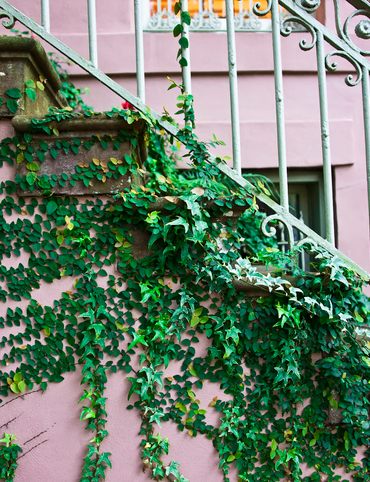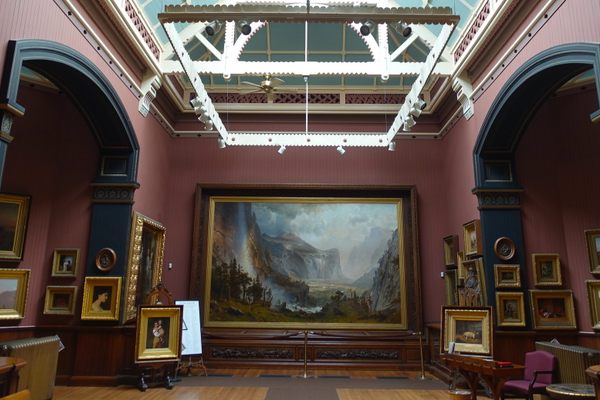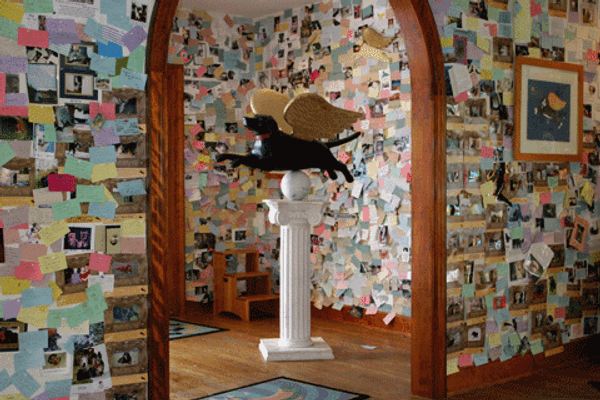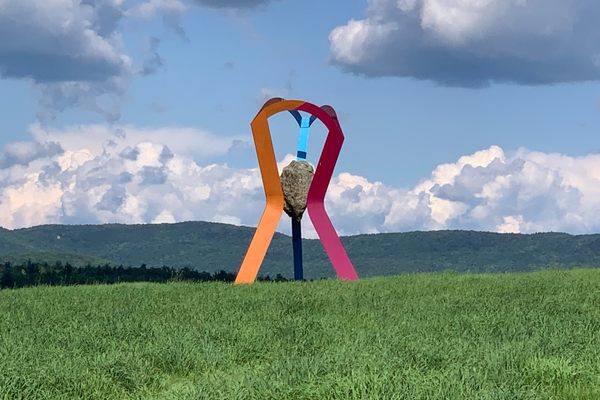Human-powered political puppets, a hilltop chapel for dogs, the only library in the U.S. with no books, and the only opera house with no stage.
10 Unexpected Delights of Vermont's Arts and Culture Scene
With its high peaks and verdant valleys, Vermont is meant for exploration. Go beyond its natural beauty and you’ll find the state’s creative side, in both historically notable institutions and the contemporary arts community quietly making wondrous work.
This itinerary will take you from cherished museums to off-the-beaten-path cultural gems including a library and opera house that straddles the U.S.-Canada border, a collection of antiques that contains an 892-ton steamboat, and a Gothic church-turned-rock club. Through river towns and over mountaintops, you’ll see magnificent steel sculptures rise from rolling hayfields and expansive murals covering main streets. You’ll meet puppeteers and painters, dog lovers, and dreamers.
So buckle up and wind your way to these 10 exciting art destinations that are sure to inspire your own creativity.
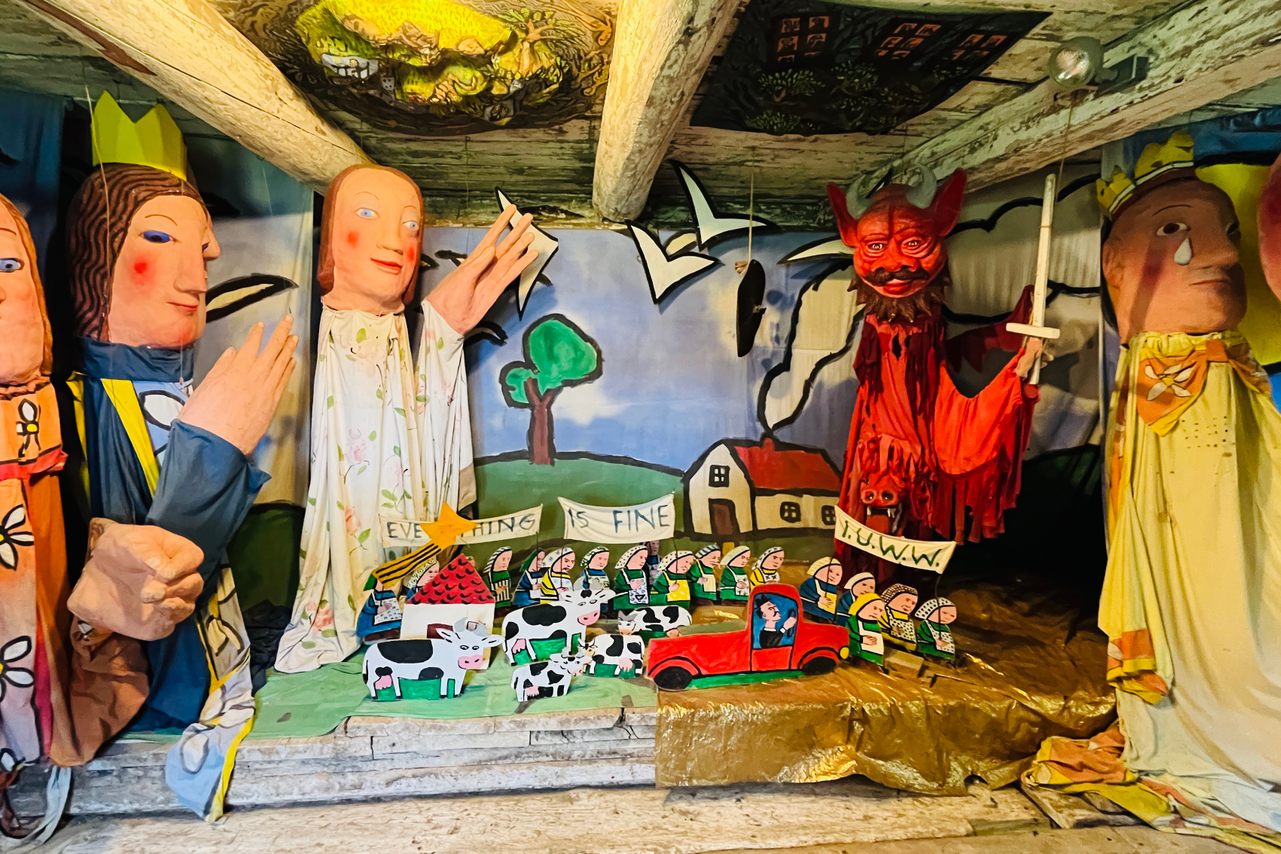
1. Bread and Puppet Museum and Theater
Tucked away in the hills of Vermont’s Northeast Kingdom, Glover is home to a storied theater company that has been using large-scale puppets to deliver powerful political messages for over half a century.
What started as a scrappy Lower East Side performance troupe in the early 1960s—helmed by Peter Schumann and his wife Elka—eventually grew into the Bread and Puppet Theater. Rooted in the avant-garde movements of the time as well as folkloric traditions, the Schumanns fused dance and sculpture to create a radical collective, with gigantic paper-mache puppets helping to address the issues of the day including capitalism, nuclear war, and climate change.
Weekly performances take place on the former dairy farm turned performance space throughout the summer, with apprentices and volunteers coming from all over the world to help build puppets. A four-story hay barn houses the museum, where you’ll find paintings, woodcut prints, and veteran puppets, many of which are repurposed for new productions.
753 Heights Rd, Glover, Vermont, 05839 United States

2. St. Johnsbury Athenaeum
To walk into the St. Johnsbury Athenaeum is to walk right into the 19th century. Though there might be new novels and recent Rolling Stone issues on display, the building itself—with its floor-to-ceiling bookcases and exquisite craftsmanship in every floorboard, door frame, and spiral staircase—is a perfectly preserved vestige of the Victorian era.
The Atheneum is the gift and legacy of the Fairbanks Family—the inventors and manufacturers of the world’s first platform scale—and houses the town’s public library and a small gem of an art gallery. Filled salon style, the latter features many paintings of the Hudson River School and works collected from former Governor Horace Fairbanks’s travels through Europe. At the center of it all is “The Domes of Yosemite,” an enormous panorama by German-American artist Albert Bierstadt that takes up the entire back wall. Indeed, the gallery was designed and built to showcase the painting, which features Yosemite Falls and the surrounding landscape in stunning realism.
Today, both the library and gallery draw visitors from around the world, fulfilling the founding mission to make the Atheneum a center for art and culture.
1171 Main St, St. Johnsbury, Vermont, 05819, United States

3. Dog Chapel
A near-death experience in 1998 made the late folk artist Stephen Huneck reevaluate everything: he came to understand the healing powers of nature, art, love, and dogs. As he recovered from his illness, he dreamed up a ritual space to help lessen the pain of losing a beloved dog. Two years and many wood carvings later, the Dog Chapel was born and the Huneck family’s hilltop farm was lovingly renamed Dog Mountain.
You’re greeted at the chapel by a pack of friendly dogs and a sign that reads: “Welcome all creeds, all breeds. No dogmas allowed.” Inside the chapel, golden light pours through the stained-glass windows—with images of dogs pieced into them—and every inch of wallspace is covered in handwritten notes and photographs of pooches that have passed on. Even if you’re not a diehard dog lover, you’d be hard-pressed not to be moved by the outpouring of love.
The property on Dog Mountain is always free and open to the public and includes hiking trails, ponds for dogs to swim in, and an agility course for them to play on.
143 Parks Rd, St. Johnsbury, Vermont, 05819 United States
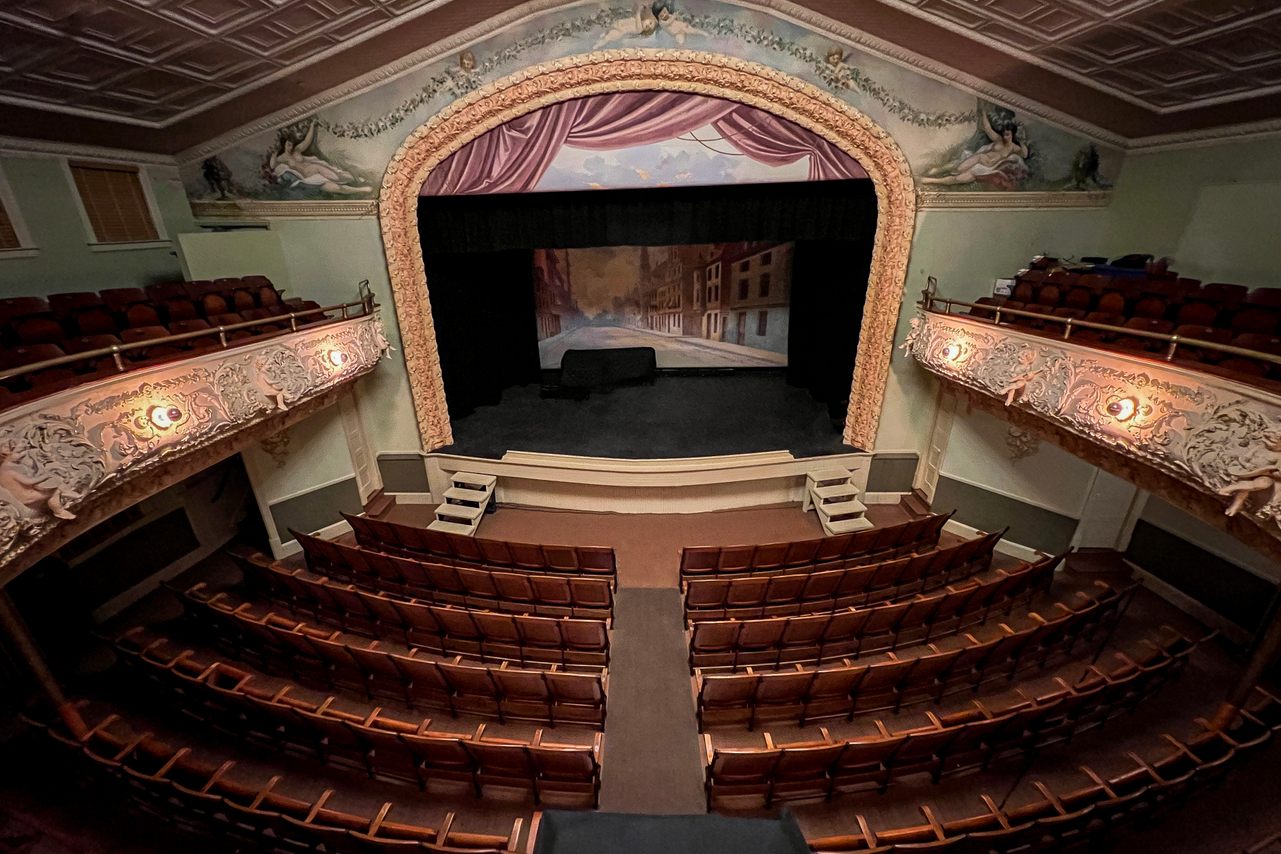
4. Haskell Free Library & Opera House
Built deliberately on the boundary separating Canada and the United States, the Haskell was conceived in the early 1900s as a way to provide both border towns—Derby Line, Vermont and Stanstead, Quebec—with a shared center for enrichment and entertainment. Even though increasing national security has meant the towns aren’t as united as they once were, it is still one of the few public places in the world where you can walk from one country to the other within the same building.
Serving both English and French patrons, the library entrance is on the U.S. side, but you must cross the Canadian line to check out a book. Upstairs in the 400-seat opera house—where the Borderline Players are the in-residence theater company—a stage sits in Quebec, but most of the seats are in Vermont. With the way the building is laid out, it is considered to be the only library in the U.S. with no books and the only opera house with no stage.
93 Caswell Ave, Derby Line, Vermont, 05830 United States
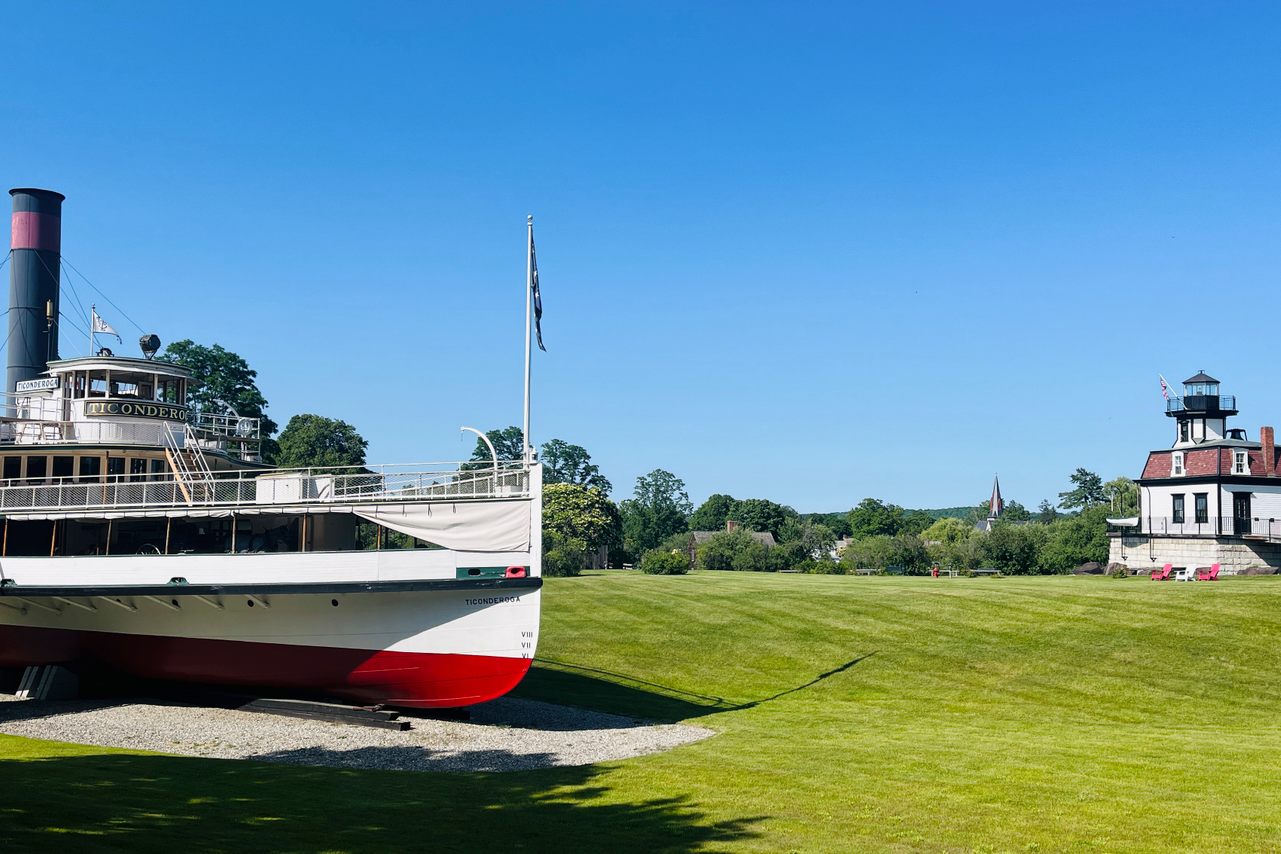
5. Shelburne Museum
French Impressionist paintings, American folk art, Vermont-made firearms – this just scratches the surface of Electra Havemeyer Webb’s accumulations. A copious collector, Webb founded the Shelburne Museum in 1947 as a haven for handmade and historic objects—everything from duck decoys and dollhouses to weathervanes and whirligigs.
The museum is arranged like a 19th-century village, with many of Webb’s collections housed in historic buildings that she found throughout New England and New York and relocated to the property. Among lush gardens and winding walkways, 39 distinct structures—including a one-room schoolhouse, a general store, a lighthouse, and a covered bridge—sit on 45 idyllic acres.
Perhaps most impressive is the 220-foot steamboat, considered the museum’s crown jewel. Serving Lake Champlain ports during the height of steam travel, Webb saved the Ticonderoga from the scrapyard and all 892 tons of her were lugged two miles to a new home at the center of the property. Perfectly restored, it’s the last walking beam side-wheel passenger steamer in existence.
6000 Shelburne Rd, Shelburne, Vermont, 05482 United States
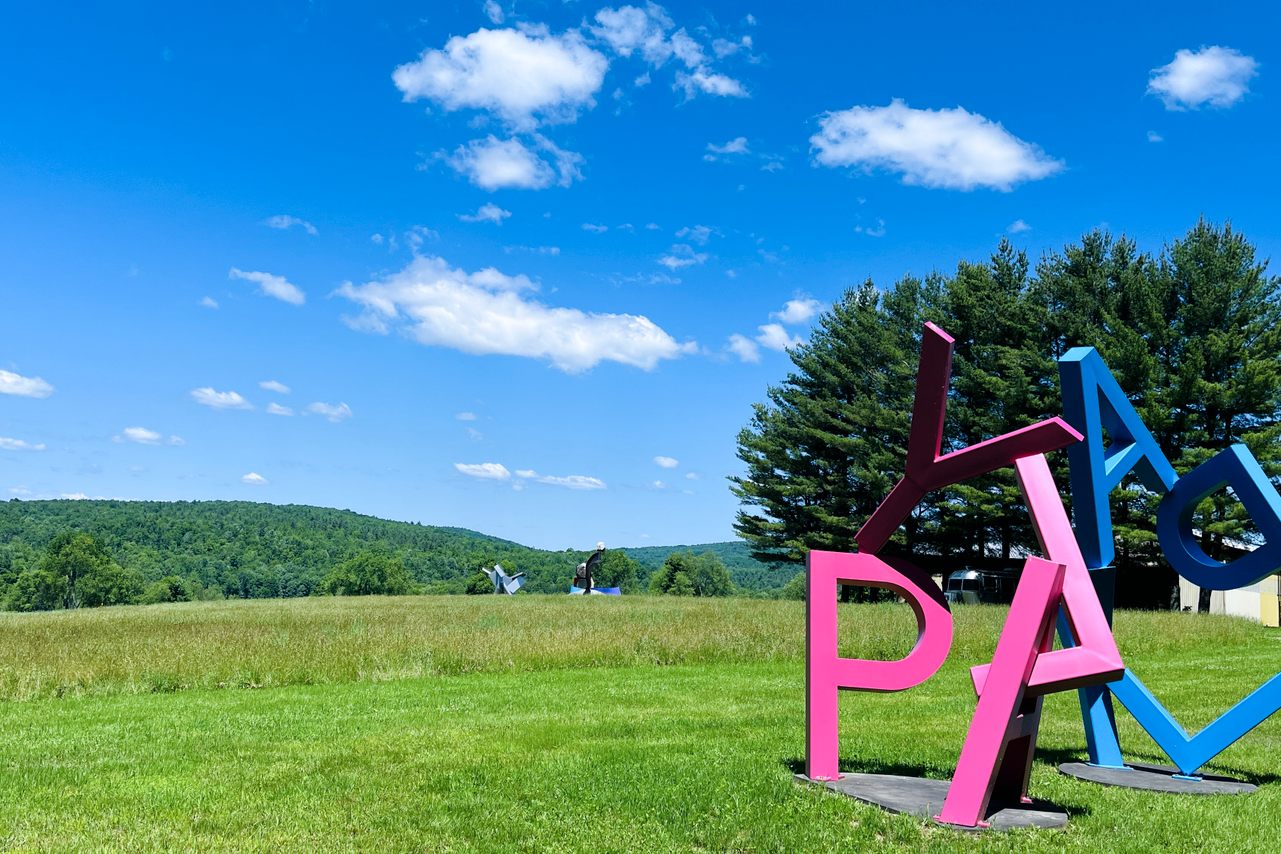
6. Cold Hollow Sculpture Park
On a cross-country cycling trip in 1970, David Stromeyer—a recent graduate of Dartmouth College—had a moment of clarity: the film career he had been pursuing wasn’t what he wanted after all. He realized his passion was creating powerful sculptures that pursue a union between art and land. He eventually found property on a farm near the Cold Hollow Mountains and got to work.
Over 50 years later, the hills here are dotted with David’s brightly-colored sculptures, rising effortlessly from the rolling hayfields. Fabricated on-site from iron, stone, and steel, the pieces explore spatial and color relationships and are often playful, seeming to be in a state of constant motion.
David and his wife, Sarah, began sharing their land—and over 70 of David’s pieces—with visitors when Cold Hollow Sculpture Park opened in 2014. You can easily spend a whole day wandering the paths that lead from piece to piece. And when you need to take a break, the Stromeyers invite you to sit by the pond for a picnic. Or better yet, under the shade of one of David’s creations.
4280 Boston Post Rd, Enosburg, Vermont, 05450 United States

7. Southern Vermont Arts Center
At the foot of the Taconic Mountains, Manchester has been an inspiration for Vermont artists for over a century. And since they opened in 1922, the Southern Vermont Arts Center has been at the center of it all, showing rotating exhibitions across its campus of New England-style buildings and offering myriad educational and creative opportunities—everything from cartooning camps for kids to advanced watercolor painting courses.
On any given day at SVAC, you can meander through sprawling galleries full of both member and visiting exhibitions and find oil paintings depicting pastoral Vermont scenes and pieces from local ceramicists. Musicians have also been performing here since the 1950s—Louis Armstrong and his band even made it a stop on their tour—and the 400-seat Arkell Pavilion hosts events that range from ballet to live theater to film festivals.
SVAC sits on 100 acres of woodland and boasts the largest sculpture park in the state, an extensive trail system, and even weekly aerial yoga in the pine trees.
860 SVAC Drive / West Rd, Manchester, Vermont 05254 United States
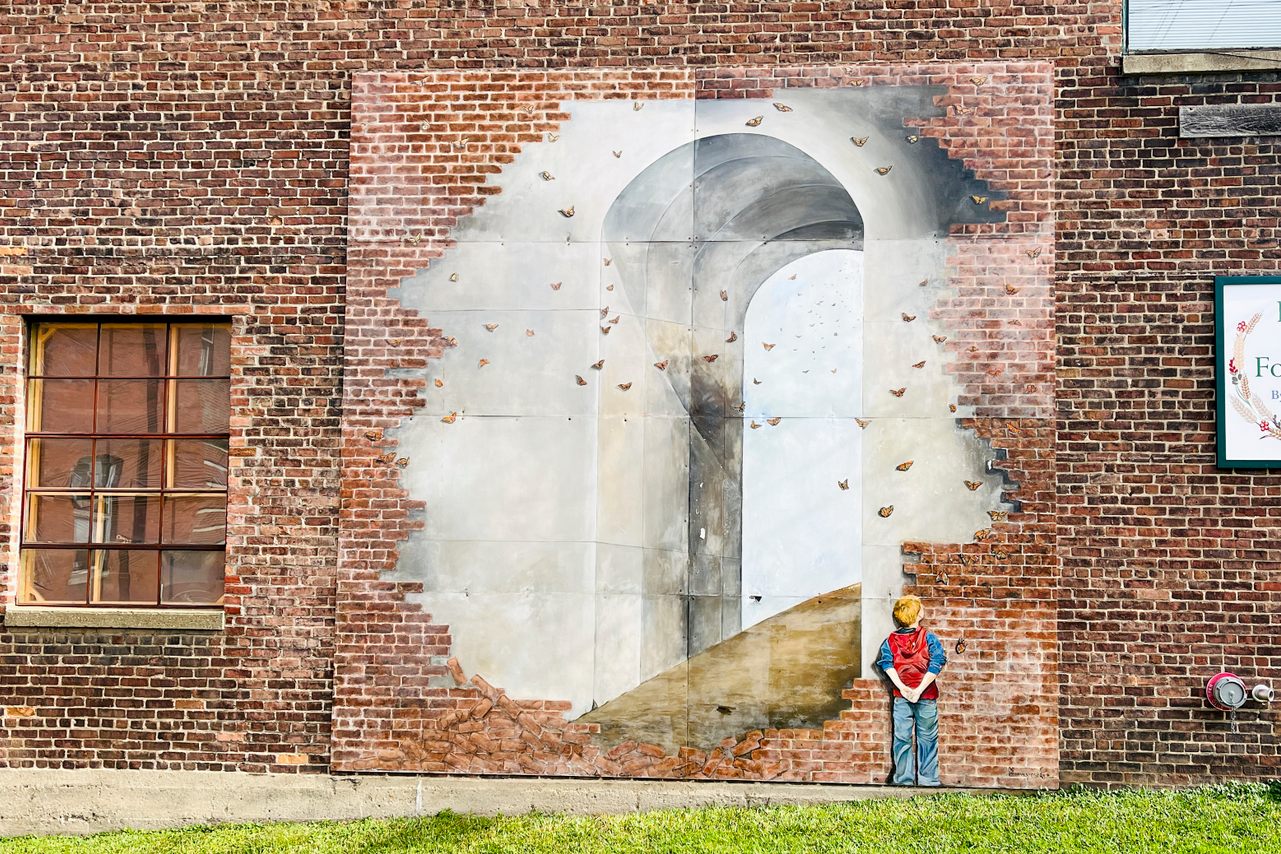
8. Downtown Rutland Murals
During the industrial boom times of the 19th century, Rutland County was one of the world’s largest marble producers. With growing railroad activity and new jobs being created, a downtown quickly materialized and Rutland became a cultural center for music, literature, and theater. But as marble quarries closed in the 1980s, the jobs went with them and the area faced an economic downturn.
Downtown Rutland has been on the upswing in recent years, thanks in part to a reinvestment in the arts: the 1912 Paramount Theatre has been beautifully restored, a children’s museum keeps kids engaged, and new galleries and artisan markets are popping with frequency. Vibrant murals throughout town adorn storefronts, street corners, and alleyways. Painted by local and international muralists—including Peruvian artist Persi Narvaez—they depict wildlife, Vermont’s agricultural heritage, and messages of hope. There are also several marble sculptures, a nod to the area's industrial past.
142 Merchants Row, Rutland, Vermont 05701

9. The Stone Church
The Stone Church sits on the quieter end of Brattleboro’s Main Street. The Victorian Gothic church was renovated to be a live music venue where local and internationally touring acts regularly play.
Formerly the All Souls Unitarian Church, the building is nearly 150 years old and retains much of the Gothic Revival design and Scandinavian Celtic folk elements of the original congregation. The owners have worked tirelessly to preserve that character since they opened in 2016, especially in updating the building with modern technology. But in maintaining its unique beauty—with the stage built from old pews and original stained-glass windows—the Stone Church has become a beloved performance space and a critical part of the music scene in Brattleboro, as well as the larger southern Vermont arts community.
210 Main St, Brattleboro, Vermont, 05301 United States
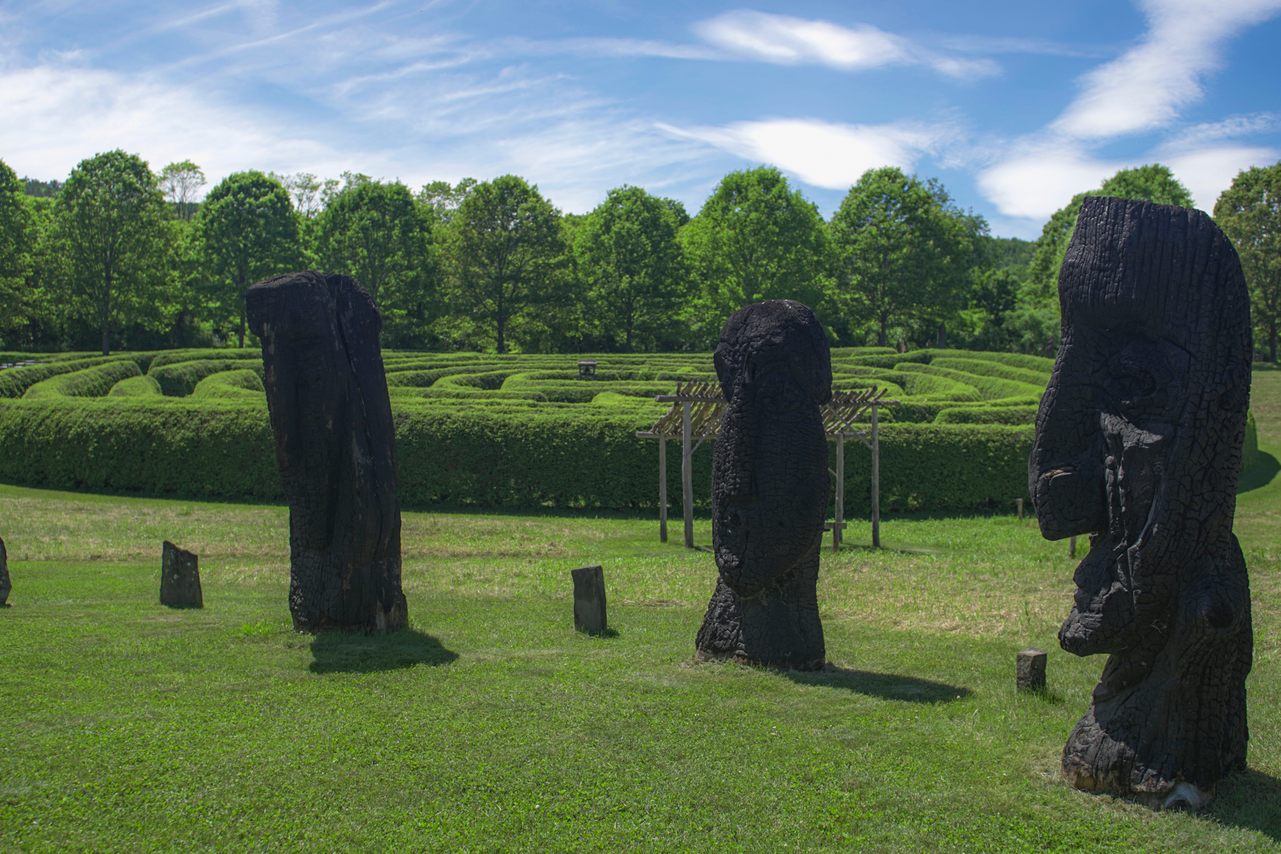
10. Path of Life Sculpture Garden
Inspired by a Japanese-style garden in Kildare, Ireland that symbolized the Life of Man, Terry McDonnell—a child and family therapist from Norwich, Vermont—began working on his own version of the idea on his 14-acre field along the Connecticut River in Windsor. He started in 1997 by planting 30 red oak trees and every year new features were added until 18 unique pieces of art depicted the journey from birth to death and beyond.
The epic circle of life is experienced while following the garden’s path, where sculptures of varying sizes and materials—including a hedge maze made up of 800 hemlock trees meant to signify the childhood period of adventure—and natural beauty provide a space for contemplation. With camping in the garden available and the river nearby, you can add relaxation to that list as well.
36 Park Rd, Windsor, Vermont 05089 United States
This post is sponsored by the Vermont Department of Tourism and Marketing.

Gastro Obscura’s 11 Essential Places to Eat and Drink in Bangkok
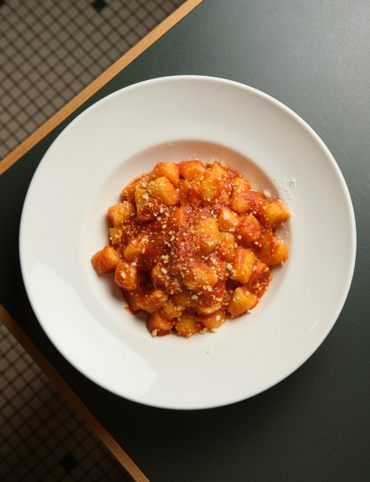
Gastro Obscura’s 10 Essential Places to Eat and Drink in Rome
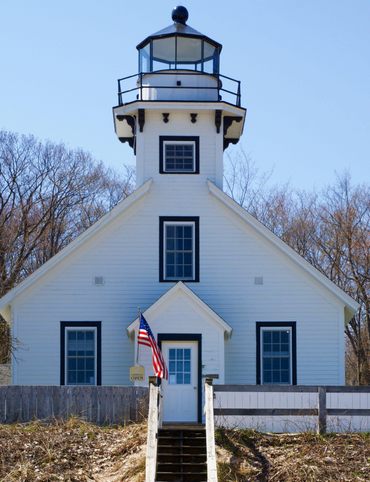
The Explorer’s Guide to Road Tripping Around the Great Lakes

10 National Parks That Are Perfect for a Road Trip
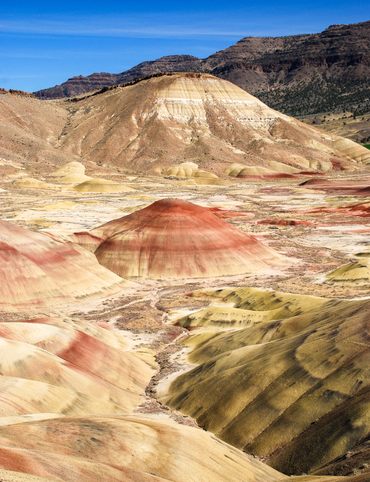
10 Out-of-This-World Places You Can Reach in Your Car
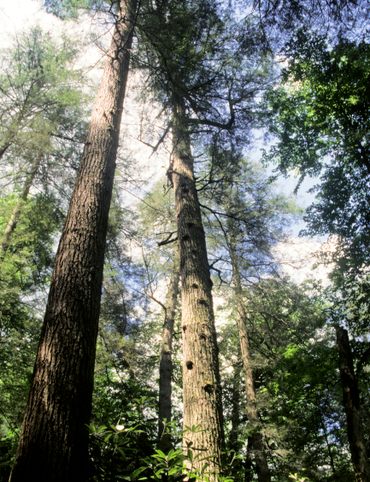
The Explorer’s Guide to Road Tripping Around Appalachia
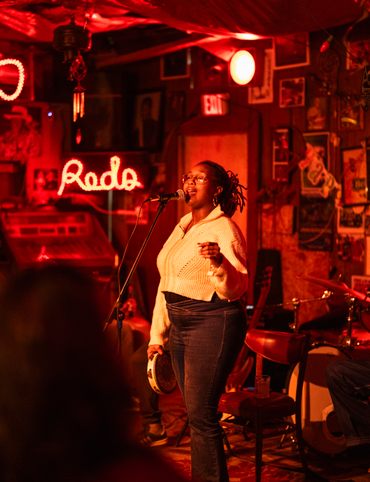
The Explorer’s Guide to Road Tripping Down Highway 61
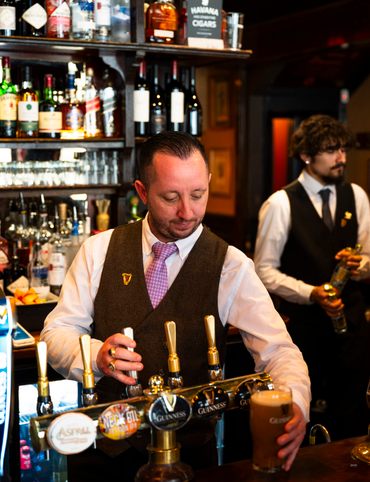
Gastro Obscura’s 10 Essential Stops on an Alternative London Pub Crawl
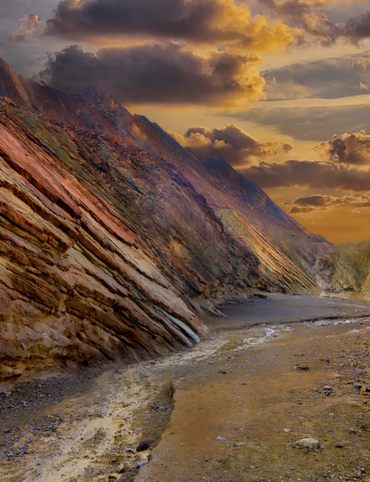
The Explorer’s Guide to Joshua Tree National Park
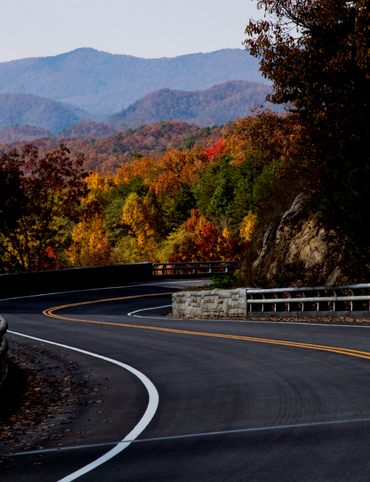
The Explorer’s Guide to the Great Smoky Mountains National Park
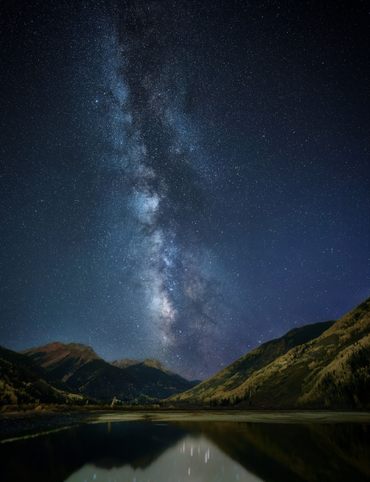
Cosmic Colorado: A Stargazer’s Guide to the Centennial State
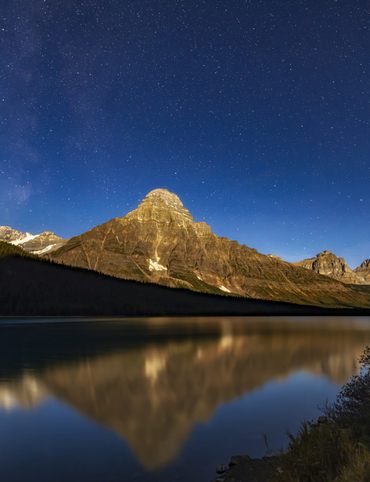
The Explorer’s Guide to Banff National Park

10 Wild Places That Define West Virginia’s Landscape

The Ultimate Guide to Hidden Red Rocks: 10 Secret Passageways, Artifacts, and Ghost Stories
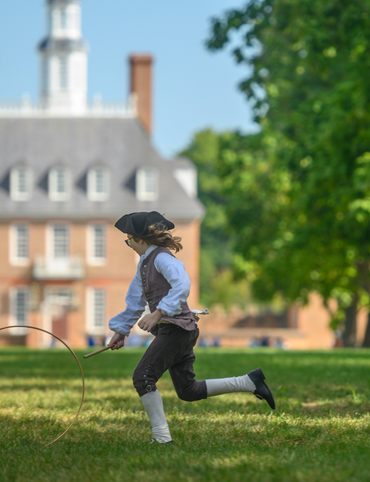
The Explorer’s Guide to Williamsburg, Virginia
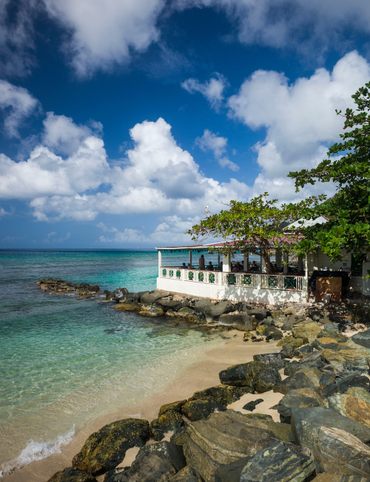
The Explorer’s Guide to the British Virgin Islands
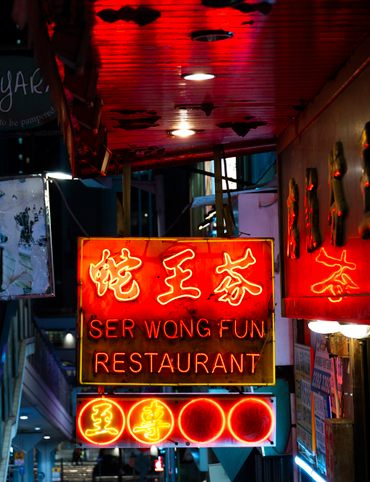
Gastro Obscura’s 10 Essential Places to Eat, Drink, and Shop in Hong Kong

A Denver Guide for National Park Lovers

Gastro Obscura’s 10 Essential Places to Eat and Drink in Oaxaca
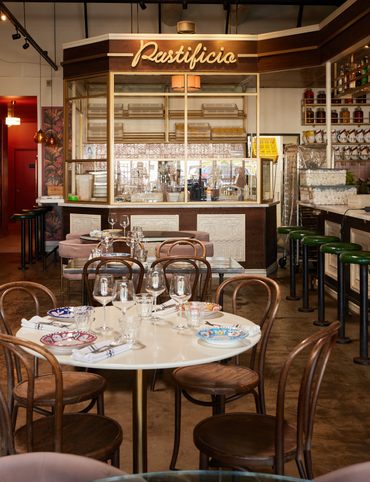
A Gastro Obscura Guide to Family-Friendly Dining in San Diego
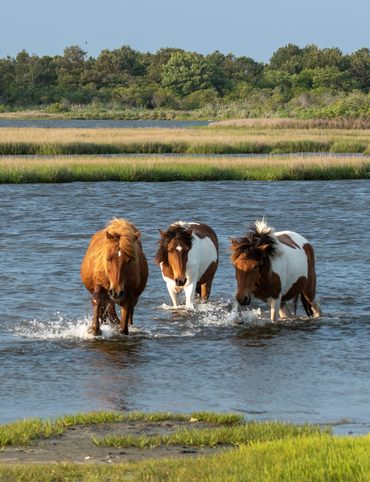
The Explorer’s Guide to Outdoor Wonders In Maryland
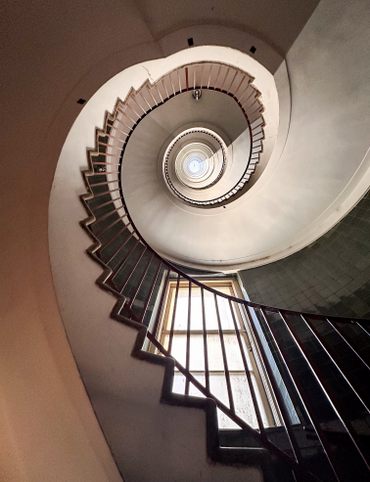
The Secret Lives of Cities: Ljubljana

From Cigar Boom to Culinary Gem: 10 Essential Spots in Ybor City
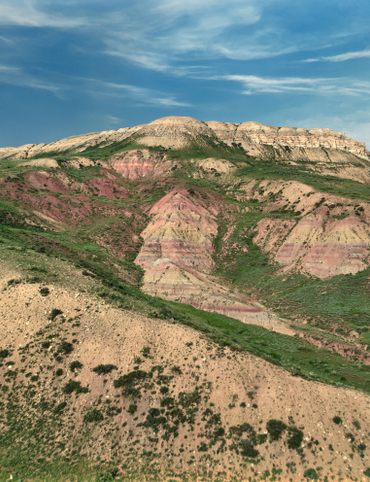
The Explorer’s Guide to Wyoming’s Captivating History

A Nature Lover’s Guide to Sarasota: 9 Wild & Tranquil Spots
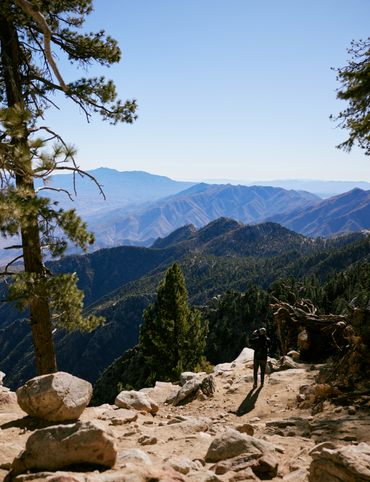
California’s Unbelievable Landscapes: A Guide to Nature’s Masterpieces

The Ultimate California Guide to Tide Pools and Coastal Marine Life

Explore California on Foot: Nature’s Year-Round Playground
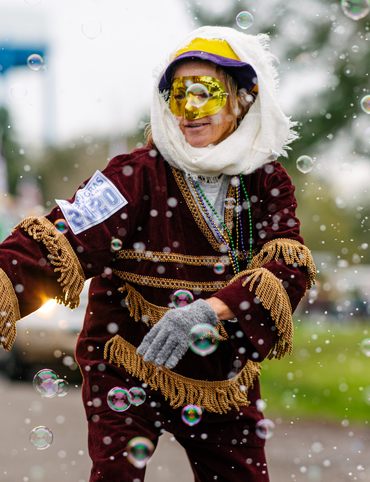
Mardi Gras 9 Ways: Parades, Cajun Music, And Courirs Across Louisiana
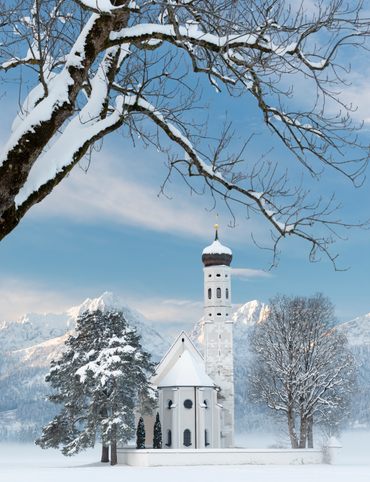
The Explorer’s Guide to Winter in Germany
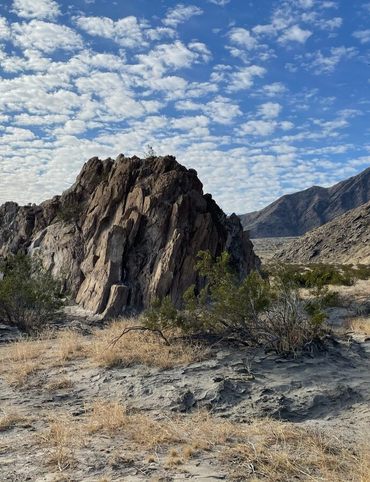
Ancient California: A Journey Through Time and Prehistoric Places

The Wildest West: Explore California’s Ghost Towns and Gold Fever Legacy
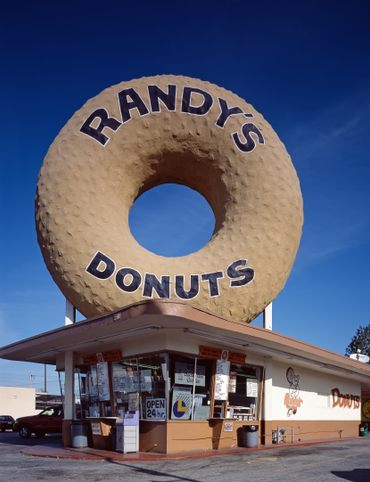
Sweet California: A Culinary Guide to Tasty Treats Across the State

Sea of Wonders: An Itinerary Through California’s Stunning Shoreline
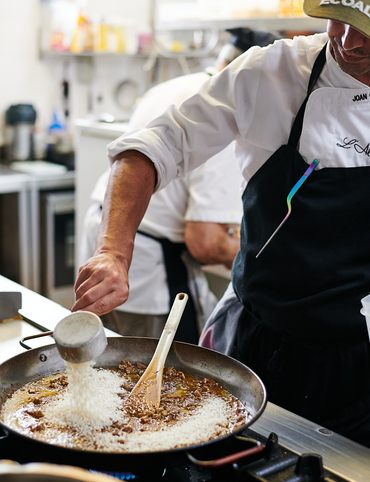
10 Places to Taste Catalonia’s Gastronomic Treasures

Atlas Obscura’s Guide to Palm Springs
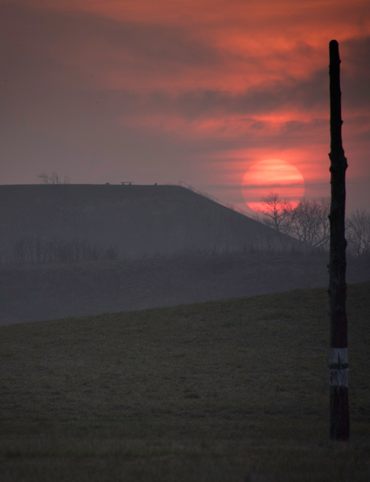
Atlas Obscura’s Guide to the 10 Most Mystifying Places in Illinois
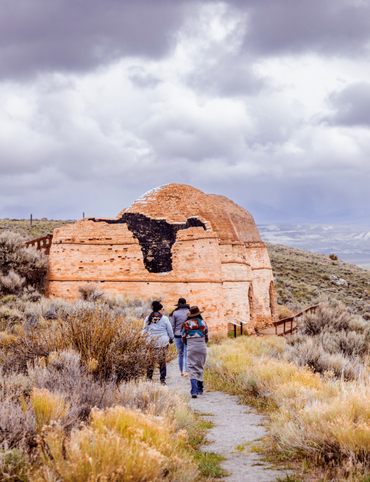
10 Fascinating Sites That Bring Idaho History to Life
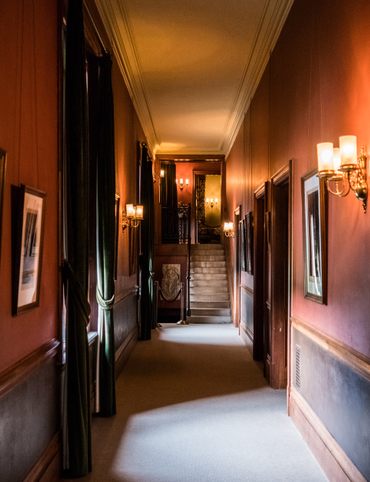
North Carolina's Paranormal Places, Scary Stories, & Local Haunts
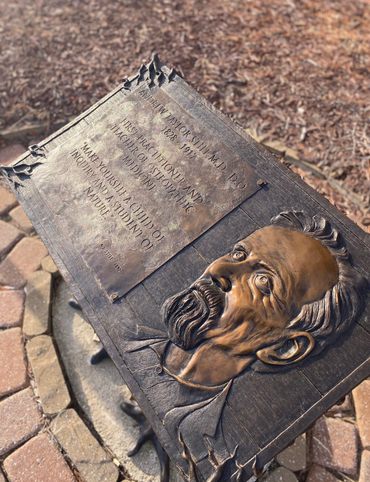
Exploring Missouri’s Legends: Unveiling the Stories Behind the State’s Iconic Figures

These Restaurants Are Dishing Out Alabama’s Most Distinctive Food
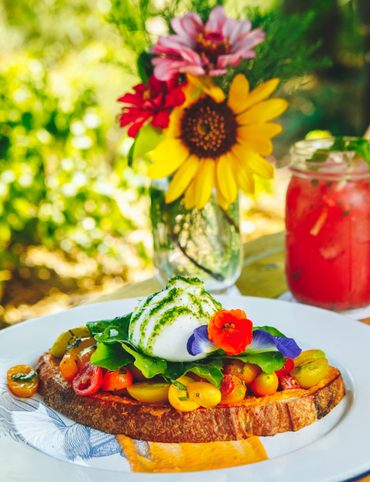
A Gastro Obscura Guide to Los Cabos
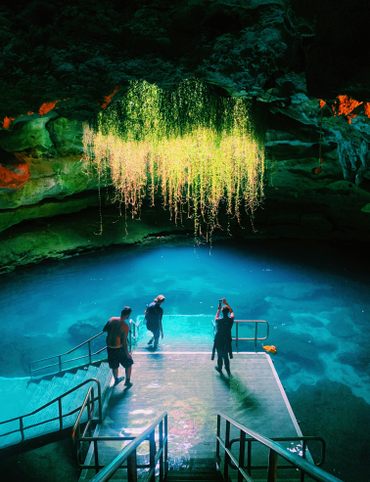
9 Watery Wonders on Florida’s Gulf Coast
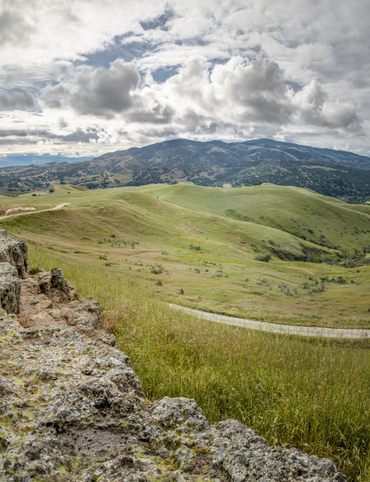
Discover the Surprising and Hidden History of Monterey County

Gastro Obscura’s Guide to Eating Your Way Through Charlotte
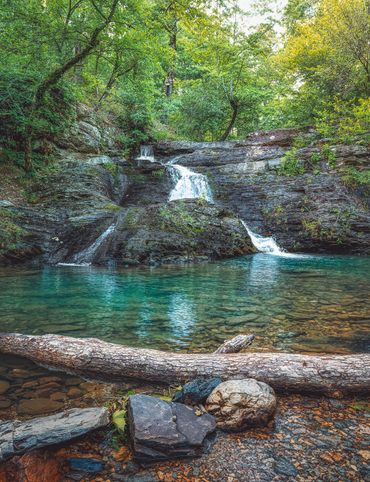
Talimena Scenic Byway: 6 Essential Stops for Your Arkansas Road Trip

9 Amazing Arkansas Adventures Along the Scenic 7 Byway
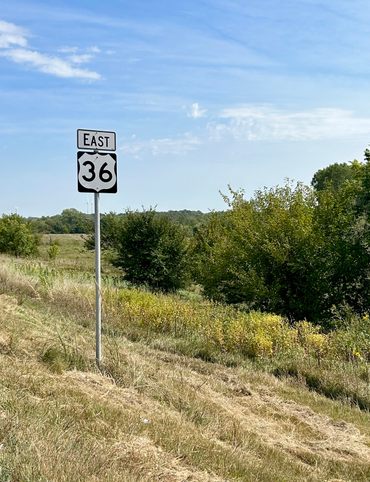
The Explorer's Guide to Highway 36: The Way of American Genius
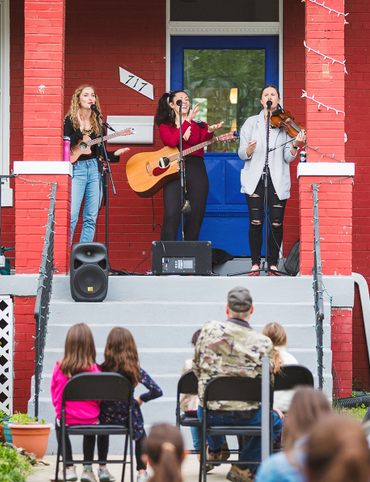
A Behind-the-Scenes Guide to DC’s Art and Music
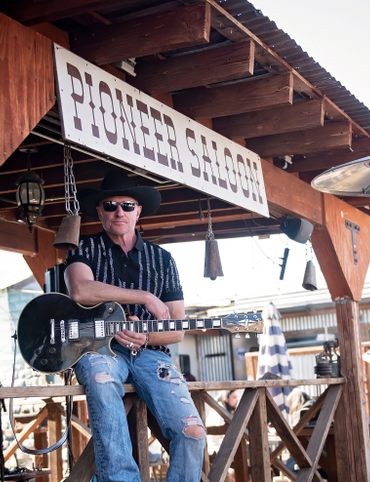
9 Places Near Las Vegas For a Different Kind of Tailgate
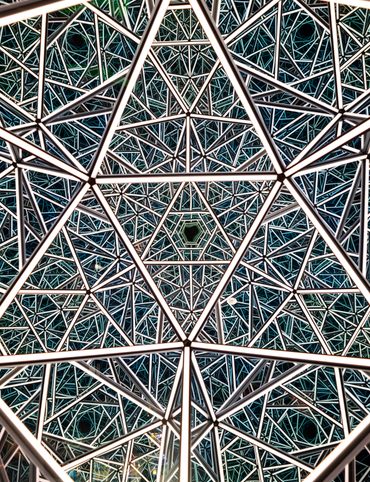
10 Places to See Amazing Art on Florida's Gulf Coast

8 Reasons Why You Should Visit the Bradenton Area

A Music Lover’s Guide to New Orleans
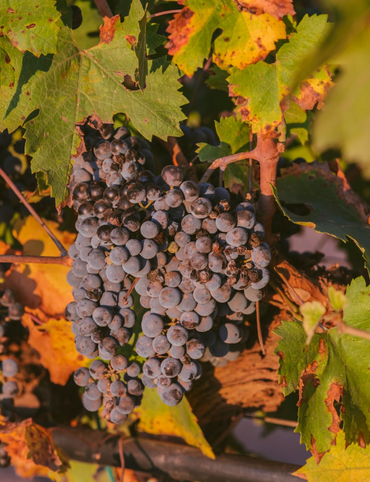
Gastro Obscura’s Guide to Sipping Wine in Catalonia
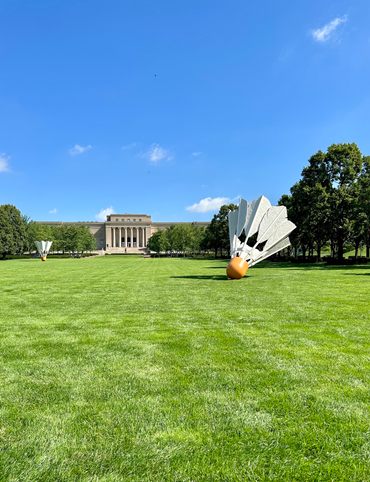
9 Hidden Wonders in the Heart of Kansas City
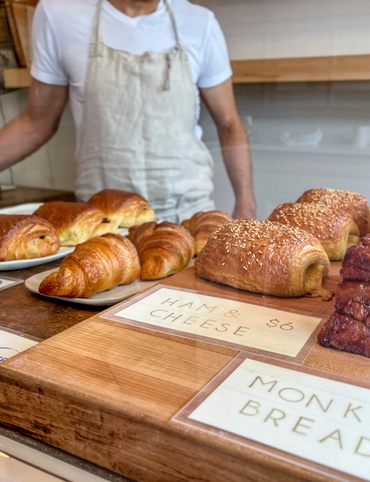
Gastro Obscura’s Guide to Eating Through Maine
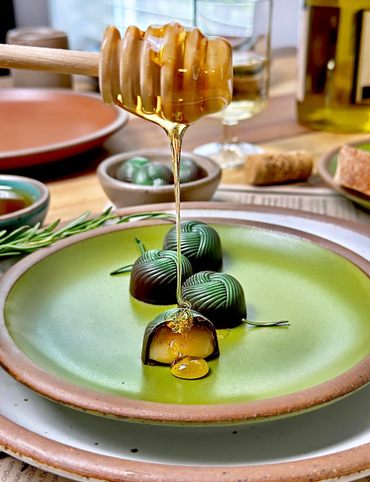
The Gastro Obscura Guide to Asheville Area Eats
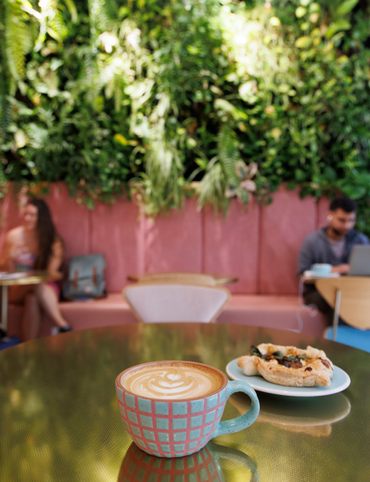
Gastro Obscura’s Guide to St. Pete/Clearwater
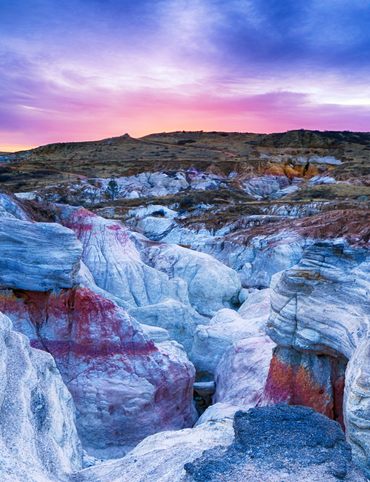
9 Hidden Wonders in Eastern Colorado
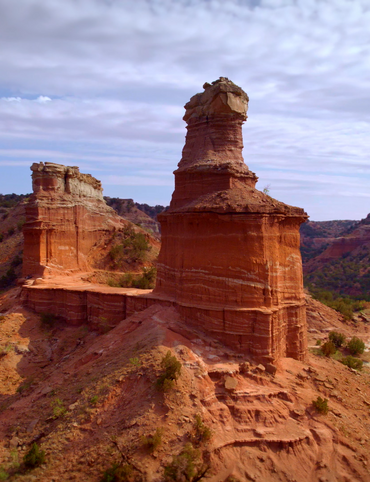
7 Places to Experience Big Wonder in Texas
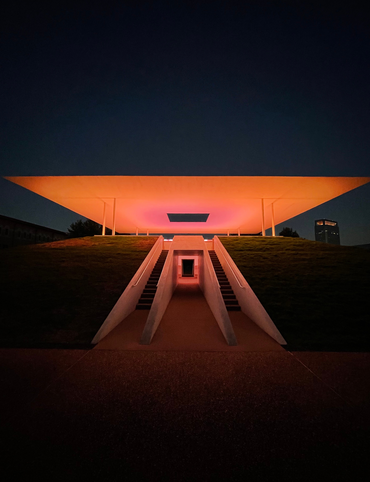
8 Out-There Art Destinations in Texas
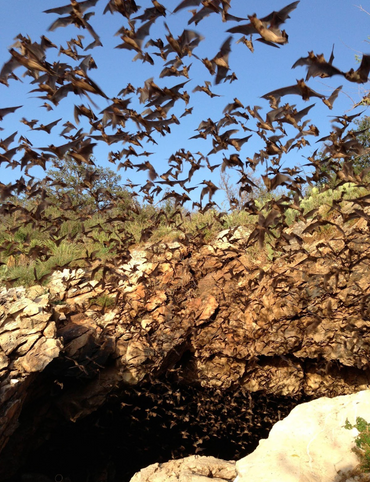
6 Ways To See Texas Below the Surface

9 Places to Dive Into Fresh Texas Waters
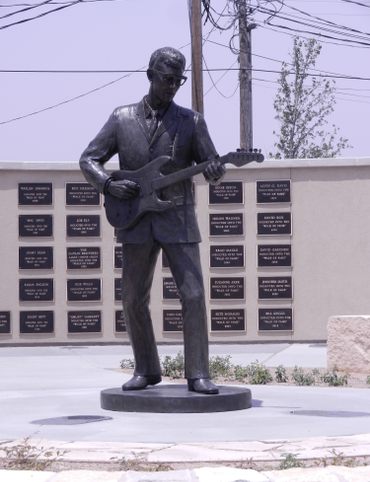
7 Ways to Explore Music (and History) in Texas
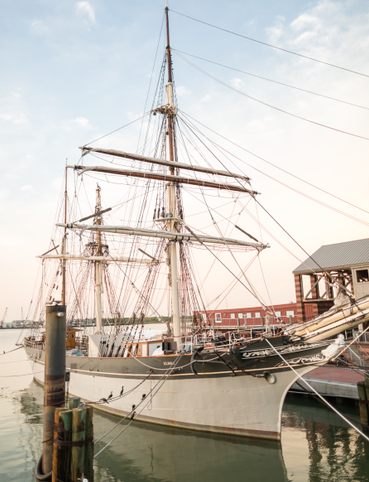
8 Ways to Discover Texas’ Rich History

The Explorer’s Guide to the Northern Territory, Australia
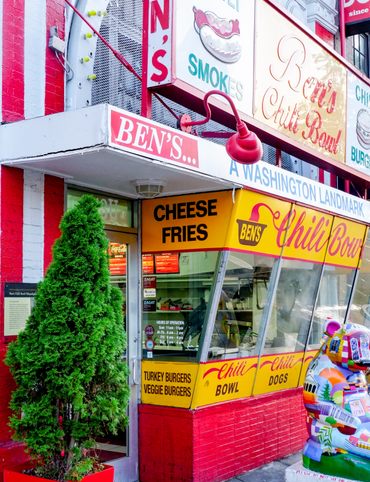
The Explorer's Guide to U Street Corridor

Gastro Obscura Guide to Southern Eats
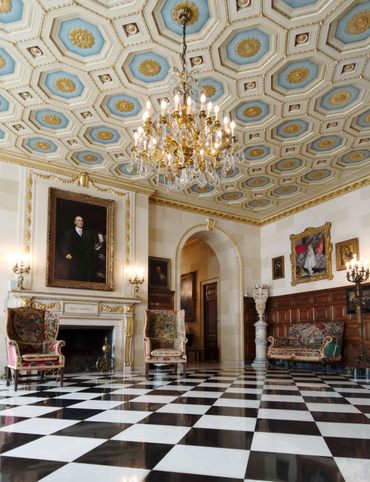
Only In Delaware

The Secret History & Hidden Wonders of Charlotte, North Carolina
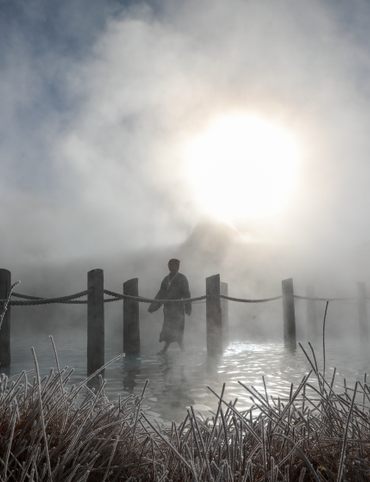
Exploring Colorado's Historic Hot Springs Loop
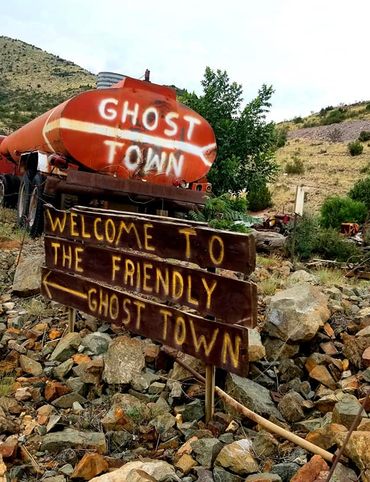
These 8 Arizona Ghost Towns Will Transport You to the Wild West
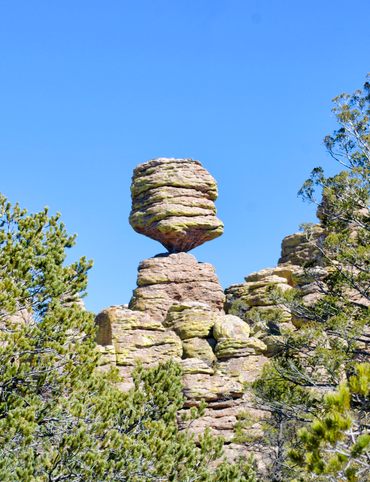
A Guide to Arizona’s Most Striking Natural Wonders
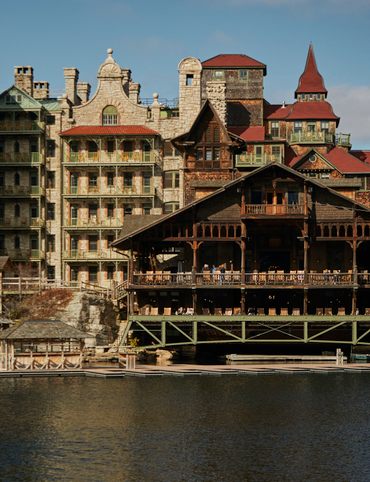
The Explorer's Guide to Hudson Valley, New York
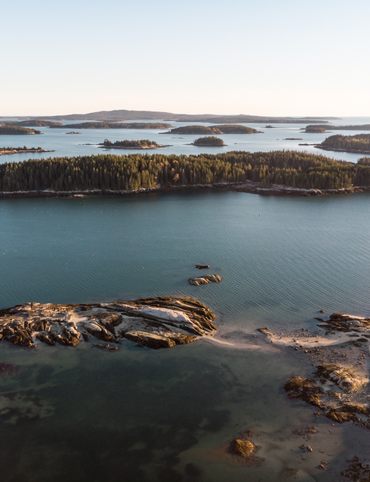
Discover the Endless Beauty of the Pine Tree State

Travel to New Heights Around the Pine Tree State

8 Historical Must-Sees in Granbury, Texas
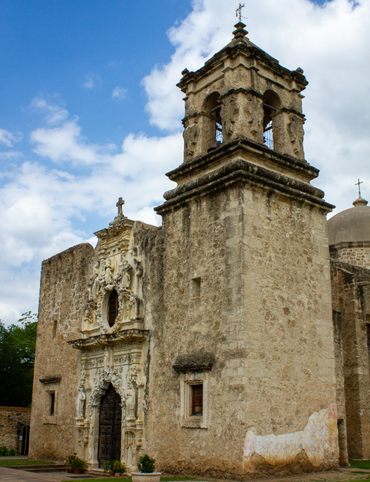
7 Creative Ways to Take in San Antonio’s Culture
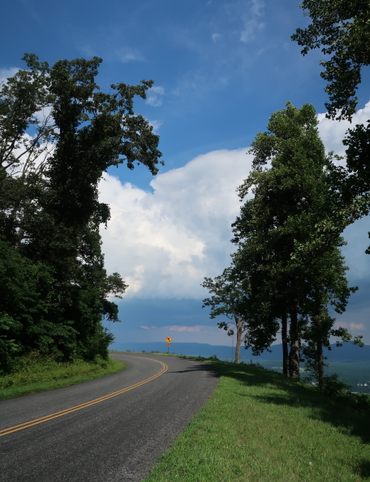
Eat Across the Blue Ridge Parkway
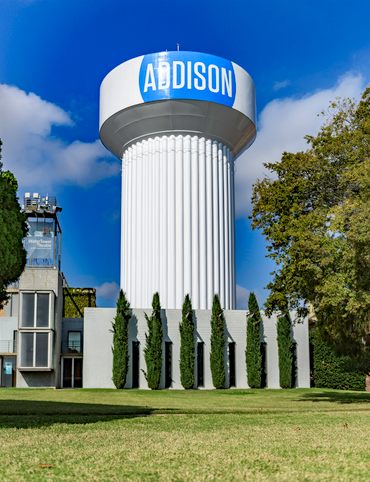
6 Ways to Absorb Addison, Texas’ Arts and Culture

6 Ways to Take in the History of Mesquite, Texas
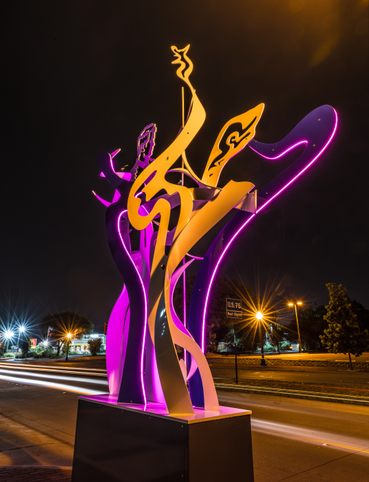
6 Ways to Soak Up Plano’s Art and Culture
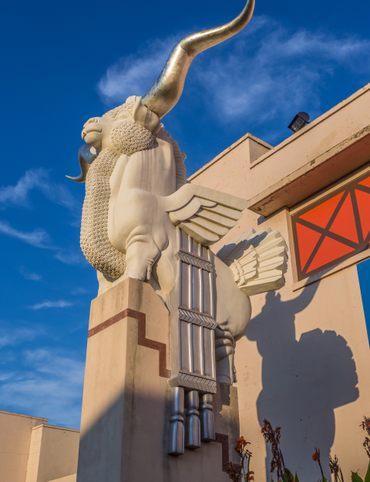
9 Dallas Spots for Unique Art and Culture
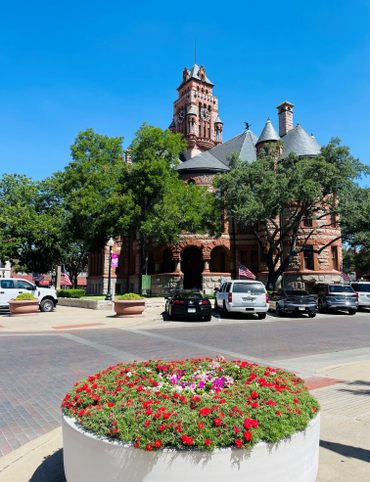
7 Sites of Small-Town History in Waxahachie, Texas
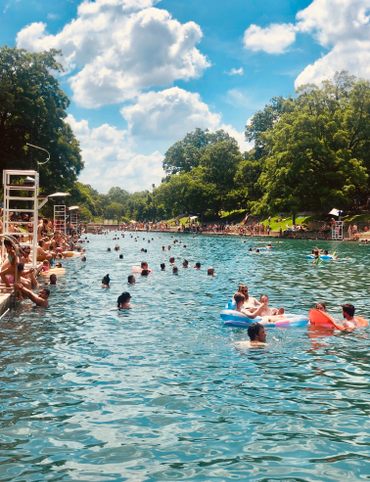
6 Natural Wonders to Discover in Austin, Texas
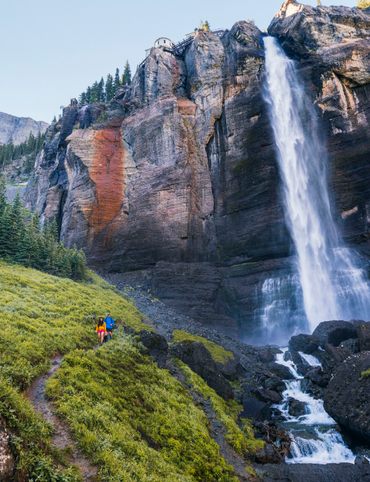
Discover the Secrets of Colorado’s Mountains and Valleys

A Road Trip Into Colorado’s Prehistoric Past
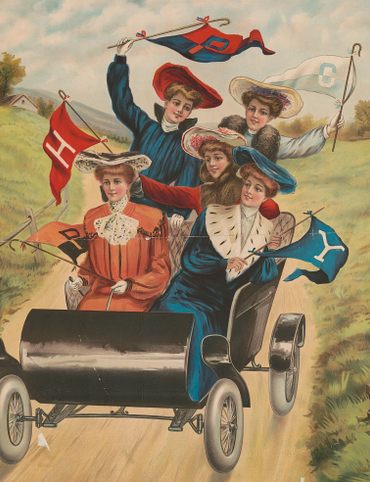
A Feminist Road Trip Across the U.S.
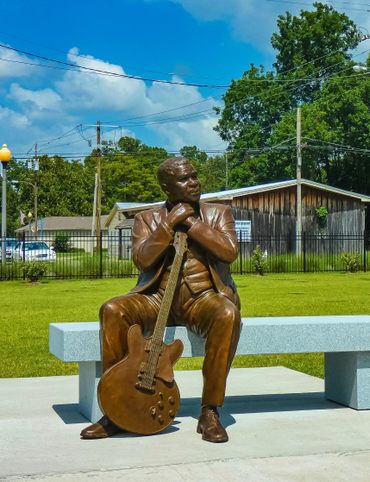
All Points South
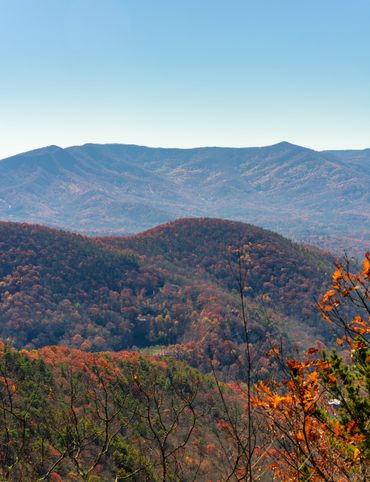
Asheville: Off the Beaten Path
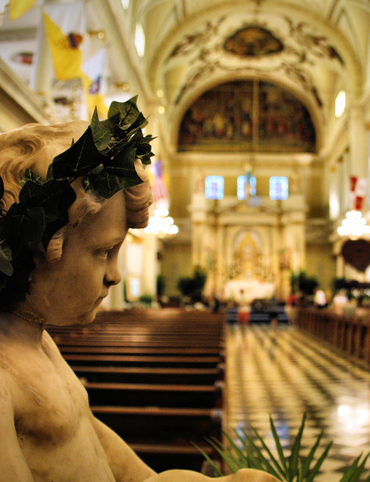
Restless Spirits of Louisiana
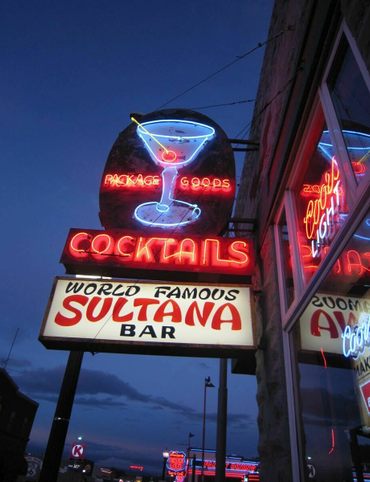
Eat Across Route 66
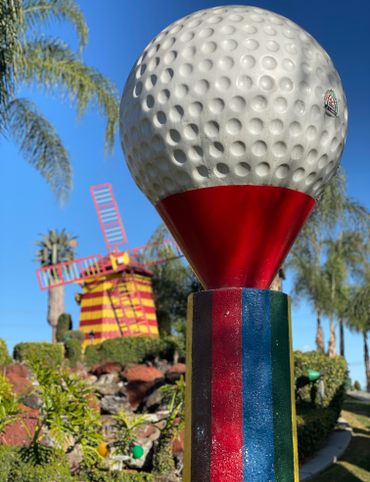
18 Mini Golf Courses You Should Go Out of Your Way to Play

4 Underwater Wonders of Florida
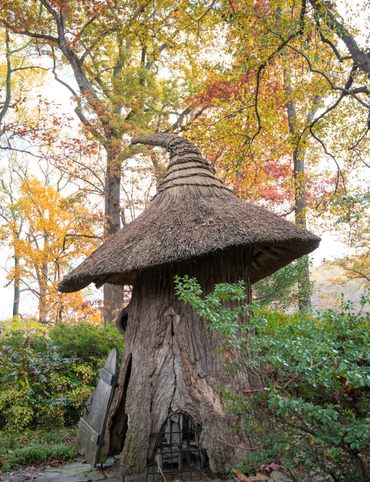
6 Spots Where the World Comes to Delaware

Study Guide: Road Trip from Knoxville to Nashville
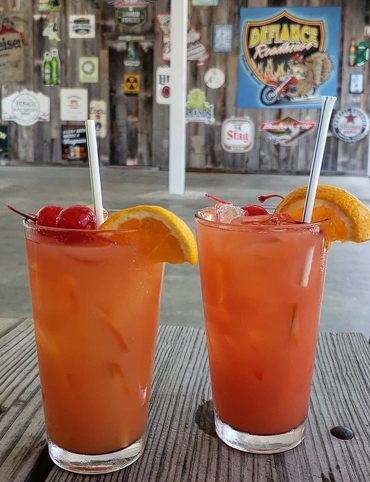
6 Wondrous Places to Get Tipsy in Missouri
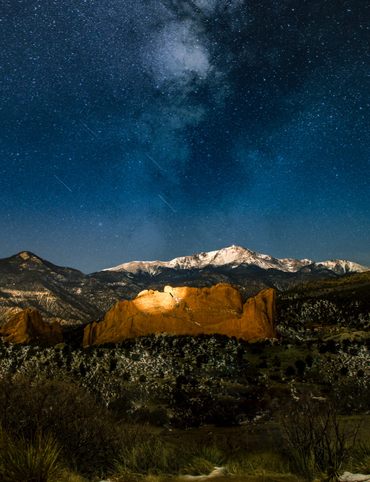
Rogue Routes: The Road to Pikes Peak

Rogue Routes: The Road to Carhenge

4 Pop-Culture Marvels in Iowa

7 Stone Spectacles in Georgia

6 Stone-Cold Stunners in Idaho
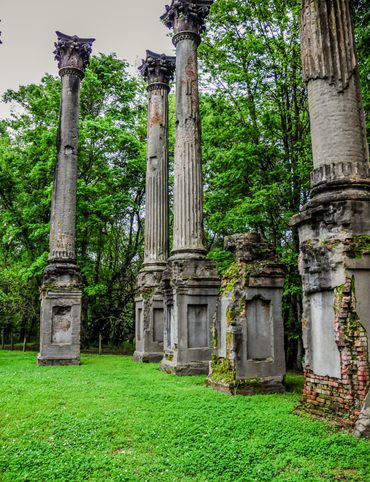
8 Historic Spots to Stop Along Mississippi's Most Famous River
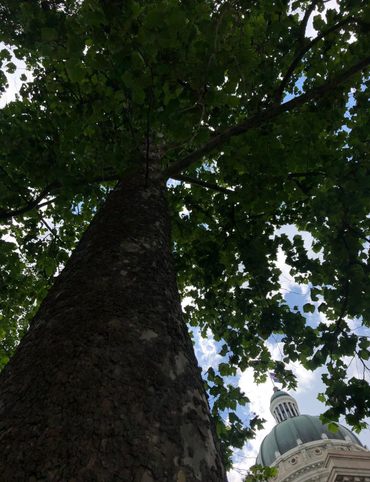
5 Incredible Trees You Can Find Only in Indiana
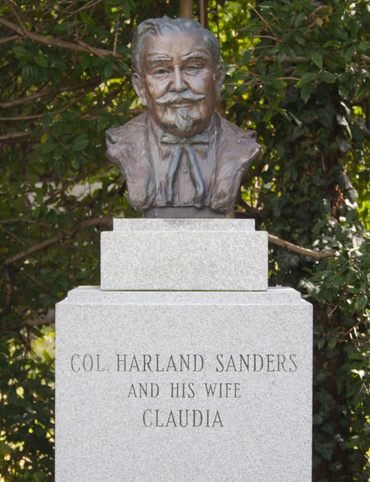
5 Famous and Delightfully Obscure Folks Buried in Kentucky

4 Wacky Wooden Buildings in Wyoming
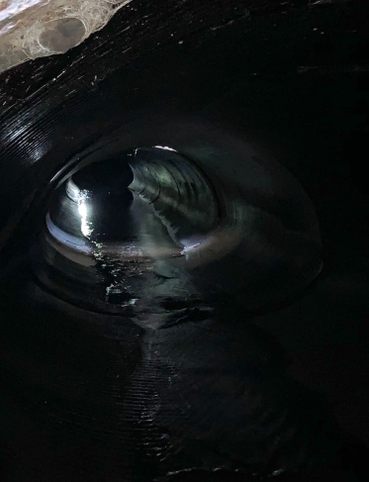
7 Spots to Explore New Jersey’s Horrors, Hauntings, and Hoaxes
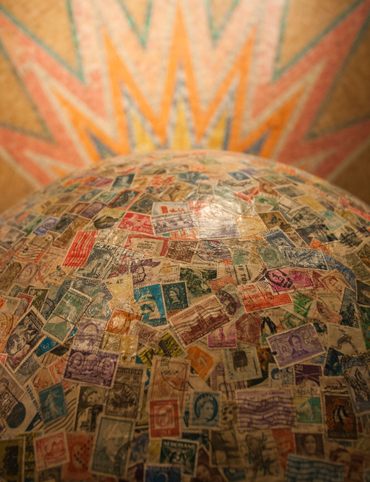
4 Out-There Exhibits Found Only in Nebraska

6 Sweet and Savory Snacks Concocted in Utah
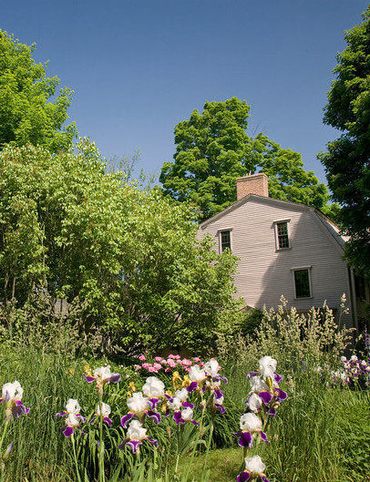
12 Places in Massachusetts Where Literature Comes to Life
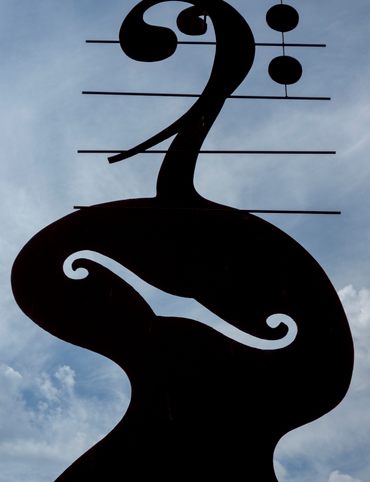
8 Places to Get Musical in Minnesota
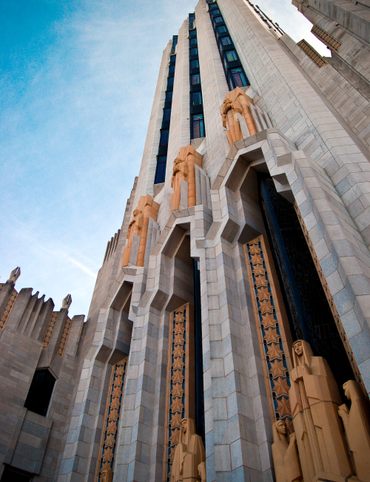
8 Buildings That Prove Oklahoma's an Eclectic Art Paradise
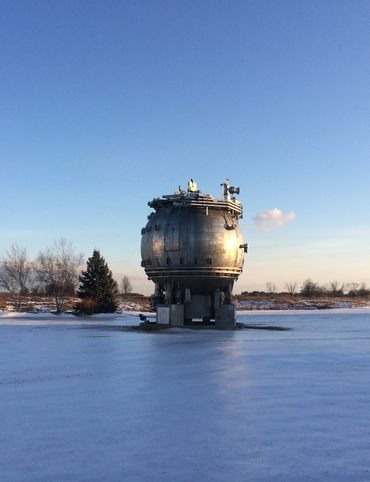
9 Stunning Scientific Sites in Illinois
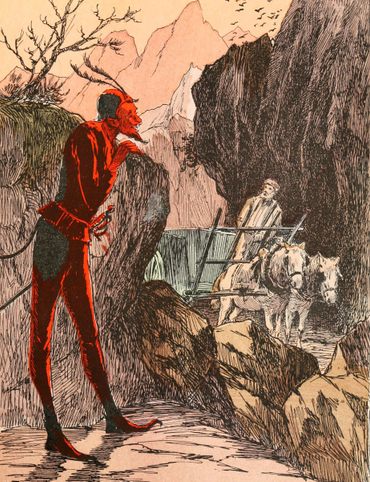
5 Strange and Satanic Spots in New Hampshire
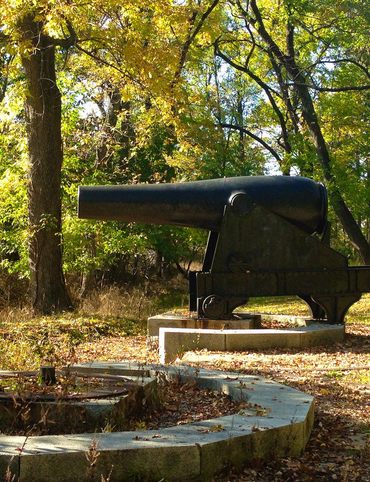
8 Historic Military Relics in Maryland
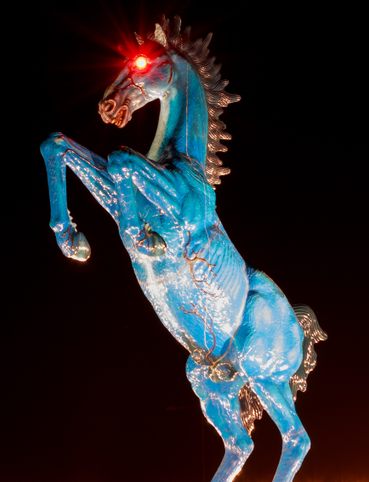
5 of Colorado's Least-Natural Wonders

Rogue Routes: The Road to Sky’s the Limit

6 Hallowed Grounds in South Carolina
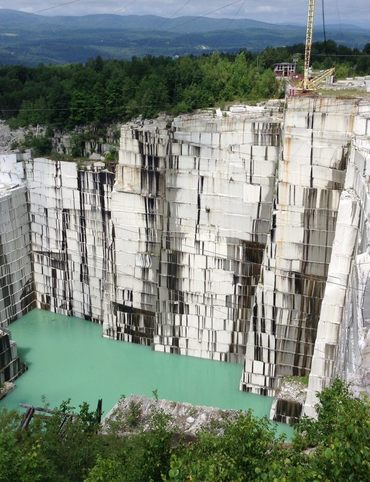
9 Rocking Places in Vermont

Knoxville Study Guide
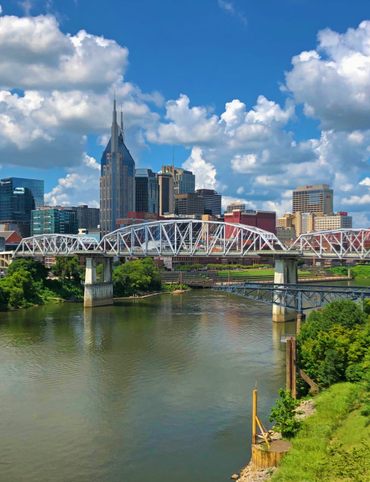
Nashville Study Guide
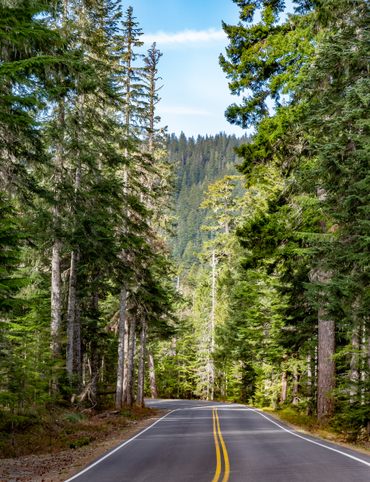
Rogue Routes: The Road to Camp Colton
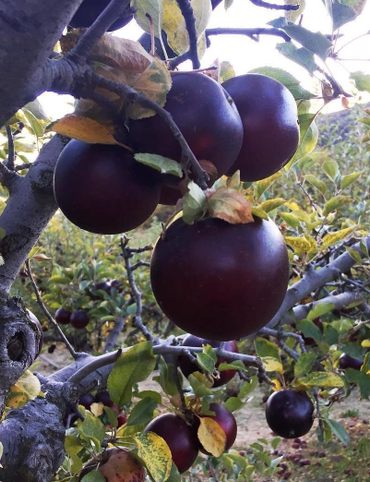
Black Apples and 6 Other Southern Specialties Thriving in Arkansas
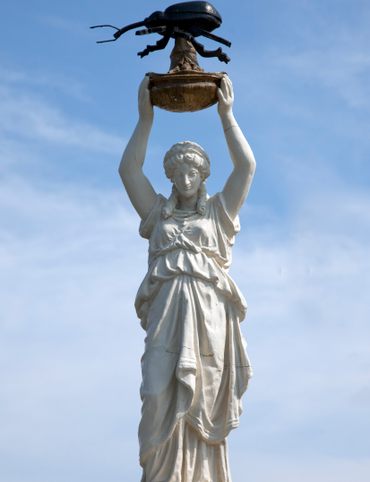
4 Monuments to Alabama’s Beloved Animals
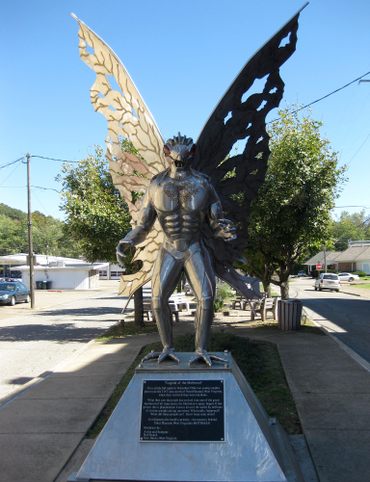
The Dark History of West Virginia in 9 Sites
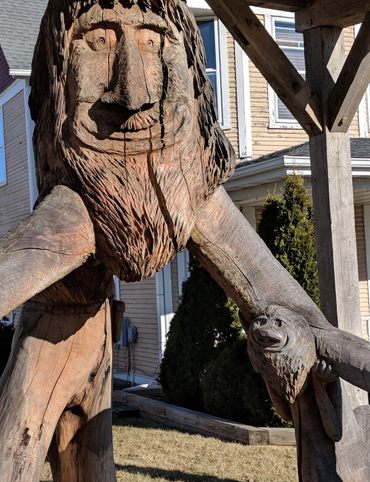
11 Zany Collections That Prove Wisconsin's Quirkiness
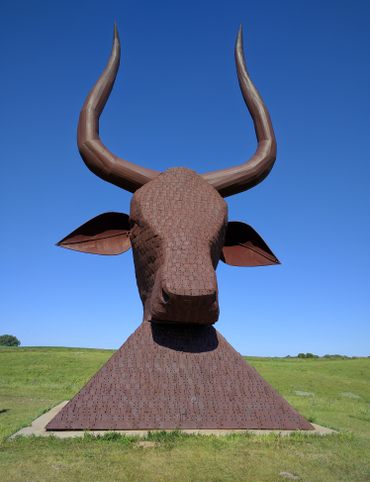
7 Inexplicably Huge Animals in South Dakota
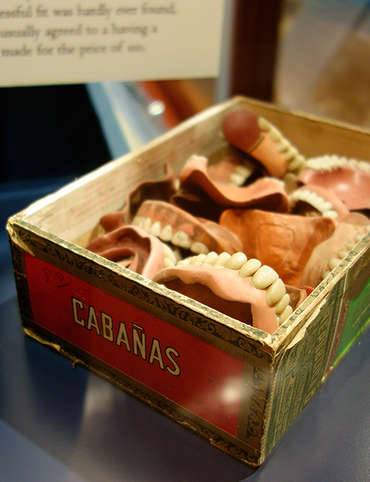
6 Fascinating Medical Marvels in Pennsylvania
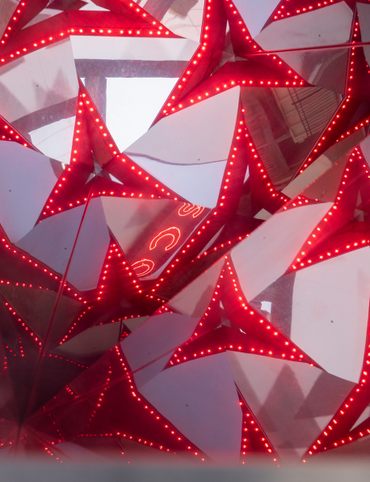
8 Places in Virginia That Aren’t What They Seem
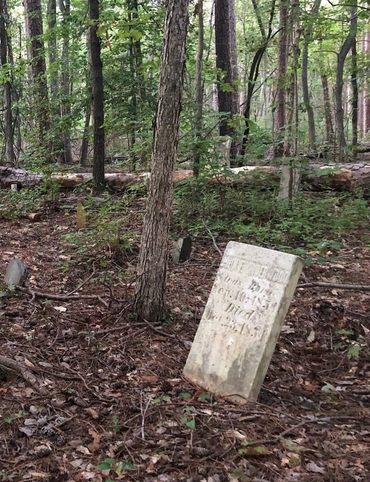
7 Cool, Creepy, and Unusual Graves Found in North Carolina
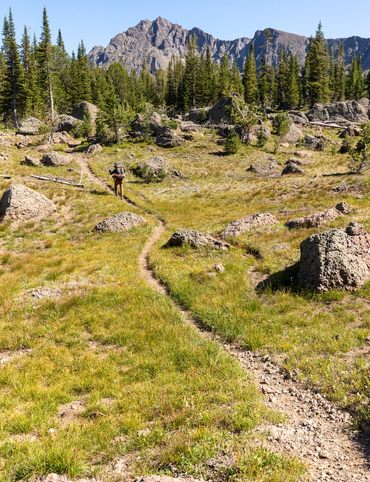
7 of Montana's Spellbinding Stone Structures
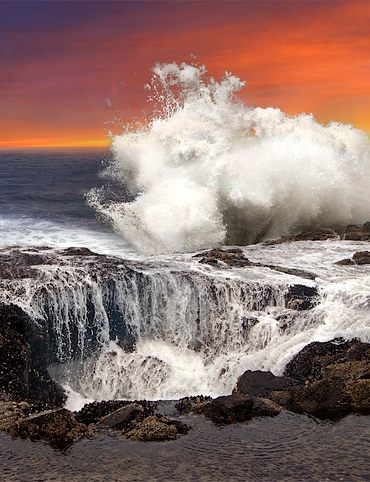
9 of Oregon’s Most Fascinating Holes and Hollows

Take to the Skies With These 9 Gravity-Defying Sites in Ohio
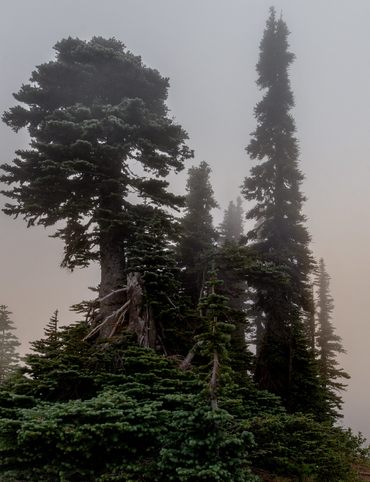
9 Strange and Surreal Spots in Washington State
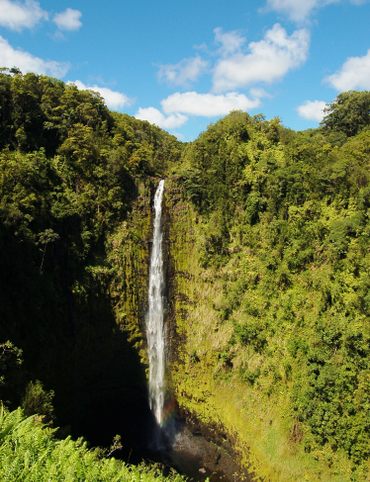
8 Watery Wonders in Hawaiʻi, Without Setting Foot in the Ocean
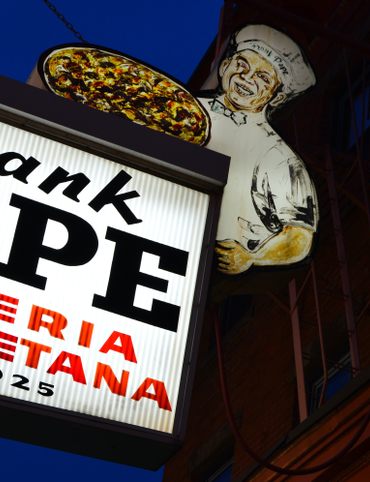
6 Unusual Eats Curiously Cooked Up in Connecticut

11 Close Encounters With Aliens and Explosions in New Mexico
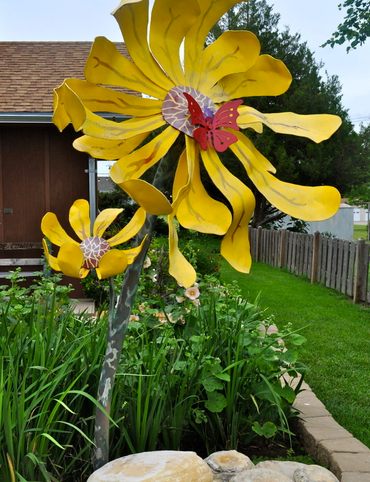
10 Places to Trip Way Out in Kansas
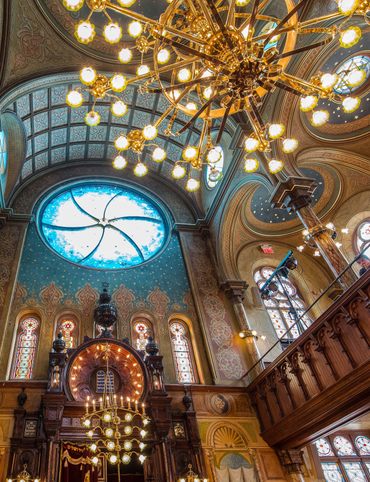
The Resilience of New York in 10 Remarkable Sites

7 Very Tall Things in Very Flat North Dakota
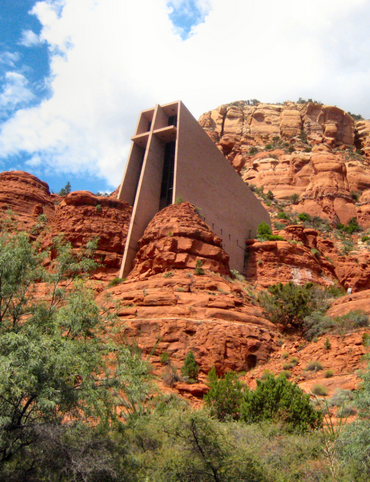
8 Blissfully Shady Spots to Escape the Arizona Sun
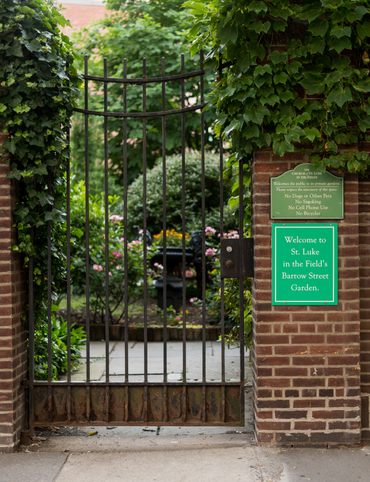
On the Run: NYC
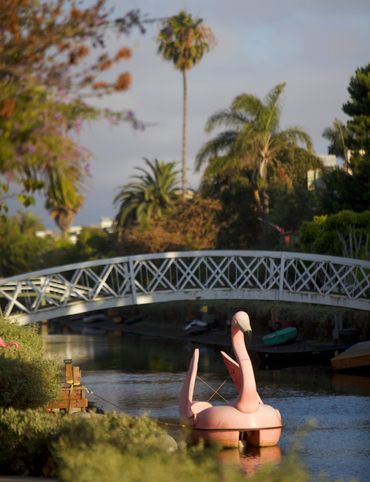
On the Run: Los Angeles

9 Surprisingly Ancient Marvels in Modern California
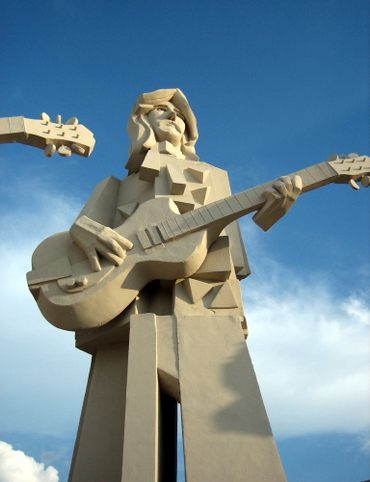
10 Art Installations That Prove Everything's Bigger in Texas
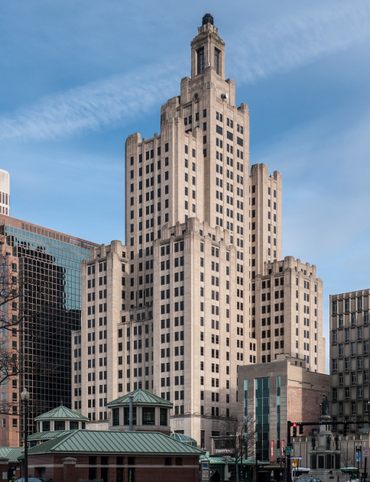
6 Huge Things in Tiny Rhode Island
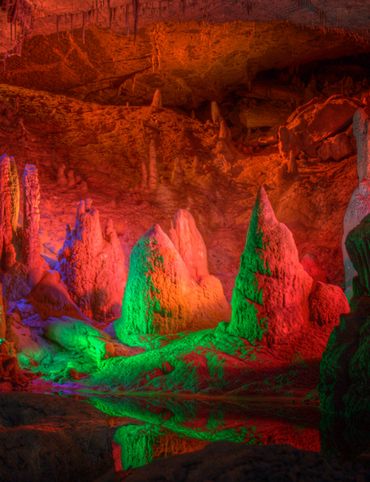
7 Underground Thrills Only Found in Tennessee

Sink Into 7 of Louisiana's Swampiest Secrets

7 Mechanical Marvels in Michigan

11 Wholesome Spots in Nevada
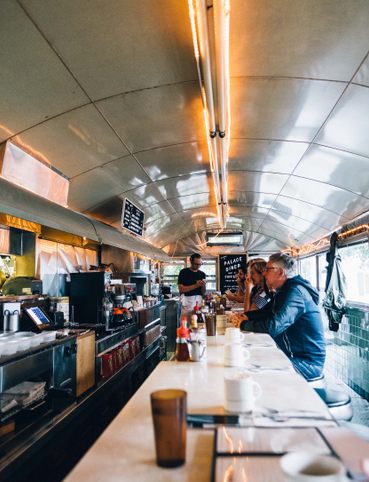
7 Places to Glimpse Maine's Rich Railroad History
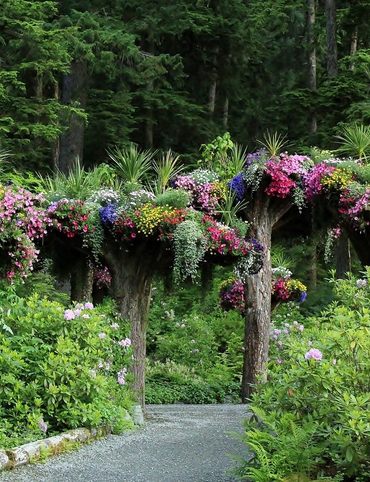
11 Places Where Alaska Bursts Into Color
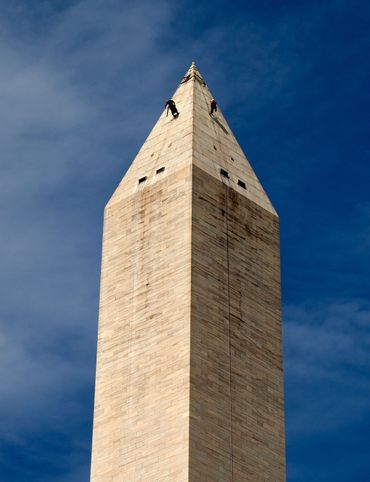
9 Places in D.C. That You're Probably Never Allowed to Go
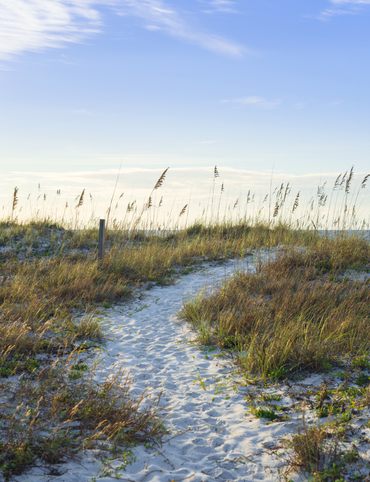
2 Perfect Days in Pensacola
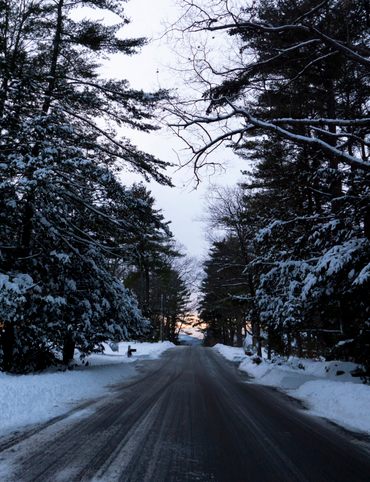
Rogue Routes: The Road to the Ice Castles

Taste of Tucson

North Iceland’s Untamed Coast

Hidden Edinburgh
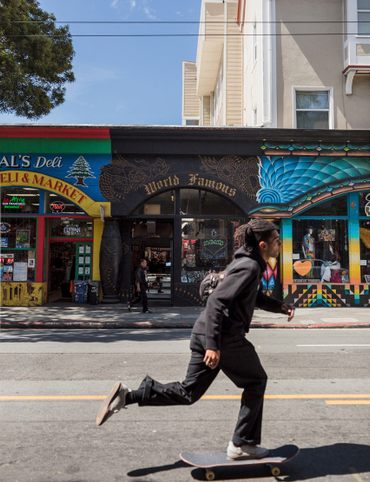
Hidden Haight-Ashbury
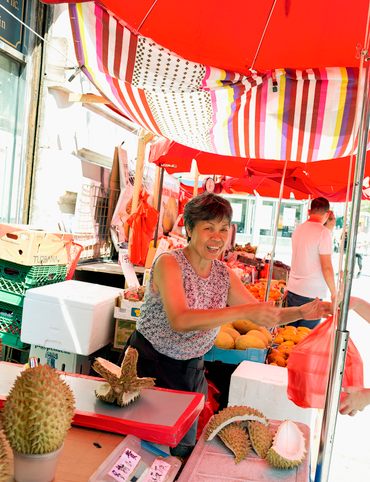
The Many Flavors of NYC’s Five Boroughs
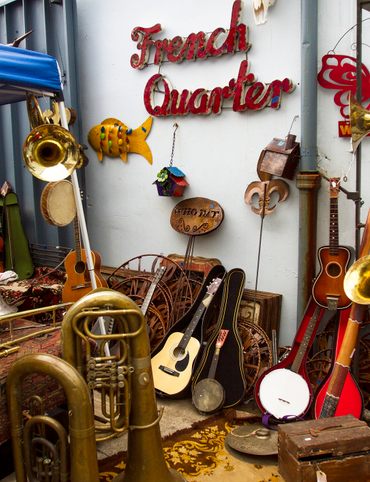
Hidden French Quarter
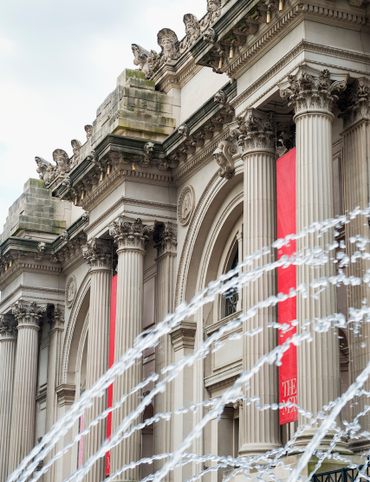
The Metropolitan Museum of Art
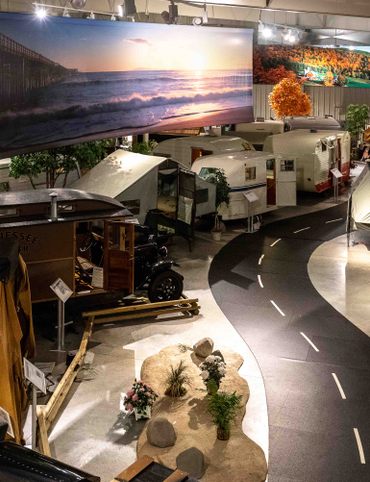
Motown to Music City Road Trip

Gulf Coast Road Trip

Hidden Coachella Valley
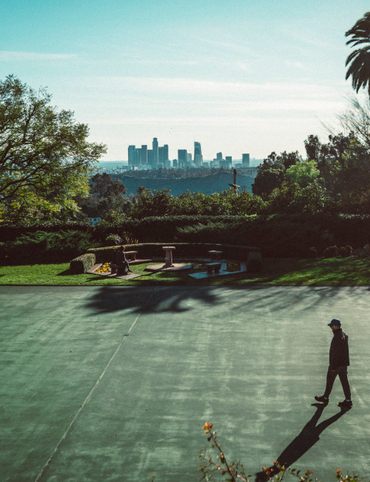
Highland Park

Venice
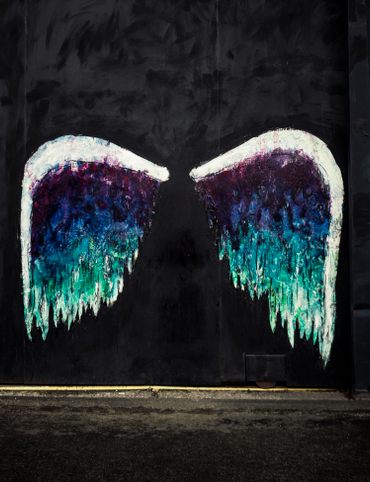
L.A.’s Downtown Arts District
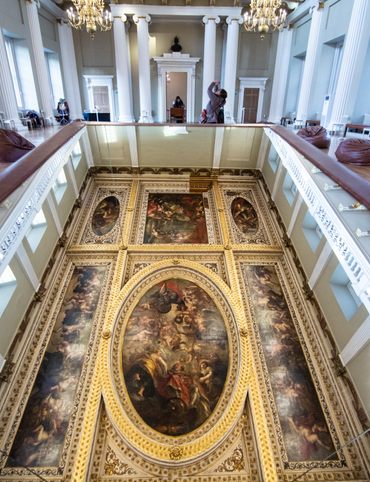
Hidden Trafalgar Square

Secrets of NYC’s Five Boroughs
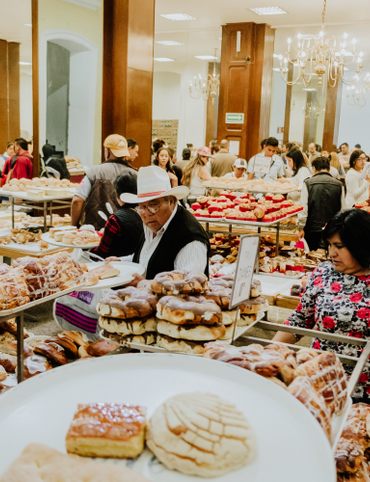
Mexico City's Centro Histórico

Hidden Hollywood
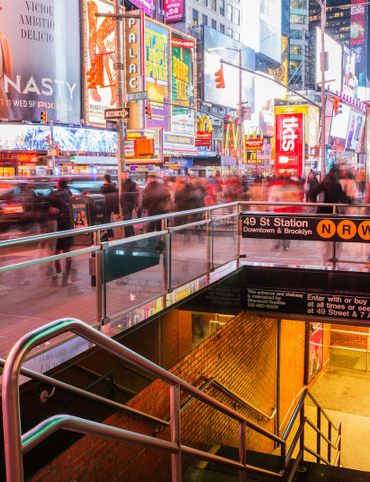
Hidden Times Square

Summer Radio Road-Trip
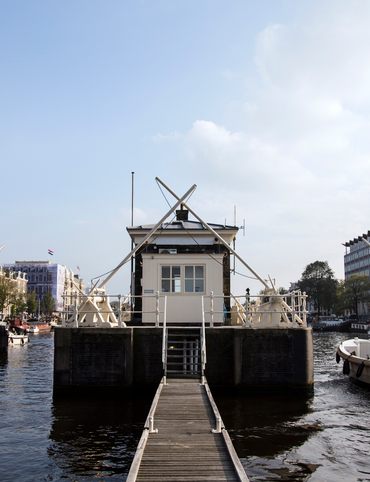
Amsterdam
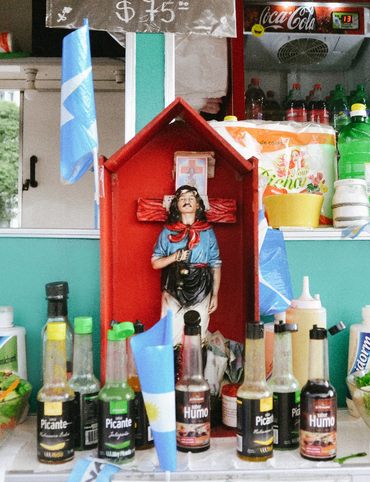
Buenos Aires
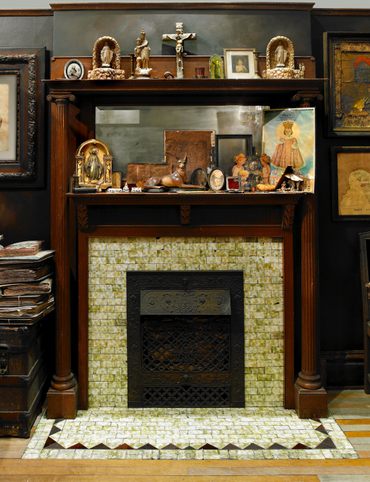
Chicago
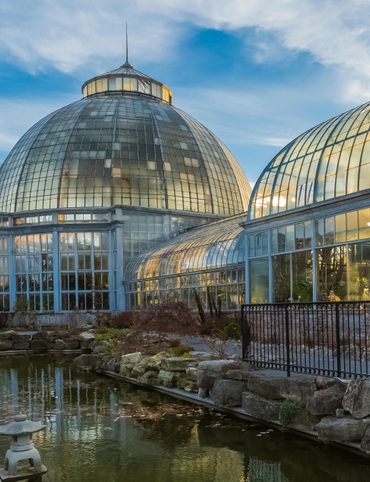
Detroit
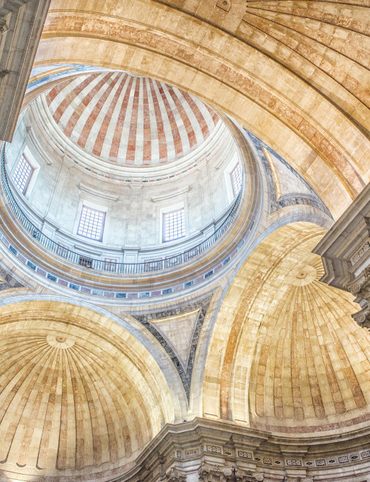
Lisbon

Miami
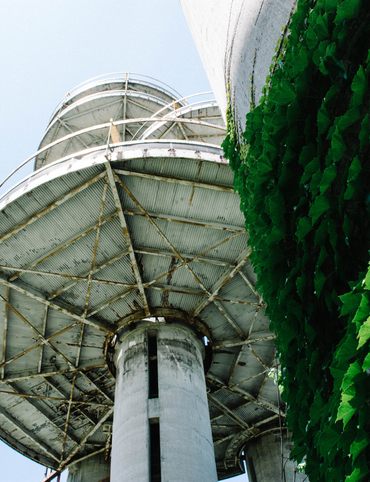
Queens

San Diego
